
Smarter email, faster business.
Auto-tag, parse, and respond to RFQs, quotes, orders, and more — instantly.
Trending
Categories
Aviation News. Powered by AI.
Verified by ePlane AI
AI fact-checks every story before it goes live.
Latest News
Trending News

Aviation Expert Richard Godfrey Attributes AI 171 Crash to RAT Deployment, Rules Out Pilot Error
Aviation Expert Richard Godfrey Attributes AI 171 Crash to RAT Deployment, Rules Out Pilot Error
Aviation expert Richard Godfrey has identified the automatic deployment of the Ram Air Turbine (RAT) as the primary cause of the Air India Flight 171 crash in Ahmedabad on June 12, dismissing widespread speculation that pilot error was to blame. In an interview with Geoffrey Thomas, Godfrey examined preliminary findings and data released by the Air Accident Investigation Bureau (AAIB) a month after the London-bound aircraft crashed, resulting in the deaths of all but one passenger.
Timeline and Key Findings
The AAIB’s preliminary report outlines a rapid sequence of events on the day of the crash. At 1:13 pm, the aircraft requested pushback and startup clearance, followed by Air Traffic Control (ATC) confirming the need for the full length of Runway 23 at 1:19 pm. Taxi clearance was granted at 1:25 pm, and by 1:33 pm, AI 171 was instructed to line up for takeoff. The flight was cleared for takeoff at 1:37 pm, but just two minutes after liftoff, the pilots issued a MAYDAY call before the aircraft crashed seconds later.
The report highlights that both engines shut down within one second of each other after the fuel supply was cut off. Cockpit voice recordings captured one pilot questioning the other about the engine shutdown, with the second pilot denying any action to cut the engines. Examination of the engines recovered from the crash site revealed they were in the “Run” position, and attempts had been made to relight them.
RAT Deployment and Technical Analysis
Godfrey’s detailed analysis, drawing on the preliminary report, flight data, and airport CCTV footage, revealed that the RAT was automatically deployed at approximately 1:38:47 pm. According to the data, both engines’ N2 values dropped below minimum idle speed at this time, triggering the RAT hydraulic pump to supply hydraulic power. The preliminary report included an image showing the RAT in its extended position but did not clarify the timing or cause of its deployment.
By synchronizing multiple data sources—including the flight data recorder (FDR) and ATC logs—Godfrey established that the RAT deployment occurred mere seconds before the crash. This timing strongly suggests a technical malfunction rather than any human intervention.
Conflicting Interpretations and Ongoing Investigation
Despite Godfrey’s findings, the investigation has been marked by conflicting interpretations. Some experts, including Captain Byron Bailey, have proposed the possibility of deliberate pilot action, even suggesting “suicide by the pilot” as a theory. However, Godfrey’s analysis, supported by the available data, firmly disputes this notion, attributing the crash to a technical failure centered on the RAT deployment.
In response to the incident, the U.S. Federal Aviation Administration (FAA) and Boeing reviewed the safety of fuel cutoff switch locks, which had come under scrutiny during the investigation. Both organizations have since affirmed the safety of these components.
The investigation into the AI 171 crash remains ongoing, with authorities yet to issue a definitive conclusion. For now, Godfrey’s assessment shifts the focus away from pilot error, underscoring the critical role of the RAT deployment in the tragic sequence of events.

How the Boeing 777-300ER Compares to the Airbus A380 in Size
How the Boeing 777-300ER Compares to the Airbus A380 in Size
When discussing the largest commercial aircraft in operation today, the Boeing 777-300ER and the Airbus A380 are the two dominant models. Each represents a significant achievement in aerospace engineering but caters to different operational needs and market demands. Their differences in size, passenger capacity, and intended use highlight the distinct roles they play within global aviation.
Size and Capacity: A Detailed Comparison
The Airbus A380 holds the distinction of being the largest passenger airliner ever constructed. Its unique double-deck design enables it to accommodate up to 853 passengers in an all-economy configuration, or approximately 575 passengers in a more typical three-class layout. By contrast, the Boeing 777-300ER, the largest variant within the 777 family, can seat a maximum of 550 passengers in a high-density arrangement, though it more commonly carries around 396 passengers in a three-class configuration.
Physically, the A380 exceeds the 777-300ER in nearly every dimension except length. The 777-300ER measures 242 feet 4 inches (73.9 meters) in length, slightly longer than the A380’s 238 feet 7 inches (72.7 meters). However, the A380’s wingspan extends to 261 feet 8 inches (79.8 meters), significantly wider than the 777-300ER’s 212 feet 7 inches (64.8 meters). The A380 also stands taller at 79 feet (24.1 meters), compared to the 777-300ER’s height of 61 feet (18.5 meters). In terms of maximum takeoff weight, the A380’s 1,234,600 pounds (560,000 kilograms) far surpasses the 777-300ER’s 775,000 pounds (351,534 kilograms). These dimensions underscore the A380’s dominance in size and capacity, despite the 777-300ER’s advantage in length.
Operational Roles and Market Positioning
The Boeing 777-300ER was engineered to serve long-haul routes with a focus on operational efficiency and flexibility. Its twin-engine design allows it to operate from a broader range of airports, including those unable to accommodate the larger A380. This versatility, combined with lower operating costs and a moderate passenger capacity, makes the 777-300ER a preferred choice for airlines seeking to balance capacity with economic performance.
Conversely, the Airbus A380 was developed to maximize passenger volume on high-density international routes, primarily connecting major global hubs. Its immense size necessitates specialized airport infrastructure, limiting the number of airports capable of handling the aircraft. Nevertheless, the A380 remains a favored option for carriers aiming to transport large numbers of passengers efficiently on heavily trafficked routes.
Industry Response and Future Developments
The market’s response to these aircraft reflects their strategic roles within the aviation sector. Emirates, the largest operator of the A380, continues to invest in the superjumbo, with plans to upgrade its first-class suites and extend the aircraft’s operational lifespan through 2040. The airline has also expressed interest in Boeing’s developments, including visits to Boeing’s assembly facilities to monitor progress.
Meanwhile, other airlines are reassessing their fleet compositions. Kenya Airways, for example, is considering reintroducing the 777-300ER alongside exploring the Boeing 737 MAX, demonstrating the ongoing relevance of the 777 family. In response to Boeing’s advancements, Airbus is developing a stretched version of its A350 to compete directly with the forthcoming Boeing 777-9, highlighting the competitive dynamics shaping the large aircraft market.
Conclusion
While the Airbus A380 remains the world’s largest passenger aircraft by nearly every measure except length, the Boeing 777-300ER continues to hold a vital position in commercial aviation due to its versatility and efficiency. Both aircraft exemplify the evolving demands of the industry and maintain prominent roles in the global air travel landscape.

AAMG Seeks to Acquire Lilium’s Assets and Expertise
AAMG Moves to Acquire Lilium’s Assets and Expertise
The Ambitious Air Mobility Group (AAMG) has announced its intention to acquire the intellectual property, assets, and testing facilities of Lilium, alongside retaining key technical and certification personnel. This proposed acquisition is aimed at advancing the development and certification of Lilium’s aircraft platform, with plans to establish a European supply chain to support future production should the deal be finalized.
Strategic Investment and Development Plans
Prior to Lilium entering insolvency proceedings, AAMG had already placed an order for 16 of the company’s aircraft and is now positioning itself to revive the enterprise. The group has declared it holds over €250 million in capital dedicated to this initiative, with potential access to an additional €500 million intended to support expansion efforts across Europe and internationally.
Dr. Robert Kamp, CEO and Senior Partner of AAMG, emphasized the significance of the technology developed in Bavaria, describing it as both groundbreaking and economically viable. He highlighted the platform as the culmination of years of work by some of the world’s most talented engineers and expressed enthusiasm about the opportunity to invest in and fully realize its potential.
Collaboration and Market Expansion
AAMG plans to work closely with a wide network of suppliers, regulatory bodies, and government partners to facilitate the integration and growth of Lilium’s technology. The group has also established a partnership with Japan’s AirMobility Inc., aiming to extend its reach into Asia-Pacific markets and coordinate international development efforts.
Challenges and Market Implications
Despite the promising outlook, the acquisition faces several challenges. Regulatory scrutiny is expected due to the complexity of integrating advanced aviation technologies and the necessity of certification across multiple jurisdictions. The process of merging Lilium’s expertise and assets with AAMG’s existing operations may present operational difficulties. Furthermore, competitors in the air mobility sector may respond with strategic initiatives such as forming new alliances or accelerating their own research and development programs.
Investor reaction will likely depend on perceptions of the strategic alignment and financial impact of the acquisition on AAMG. While the company’s substantial capital reserves and international ambitions provide a strong foundation, the ultimate success will depend on navigating regulatory, operational, and competitive challenges effectively.
Details regarding the sources of AAMG’s funding have not been disclosed. Nevertheless, the company’s international partnerships and expansion plans indicate a broader strategy to establish a leading position in the rapidly evolving air mobility market.
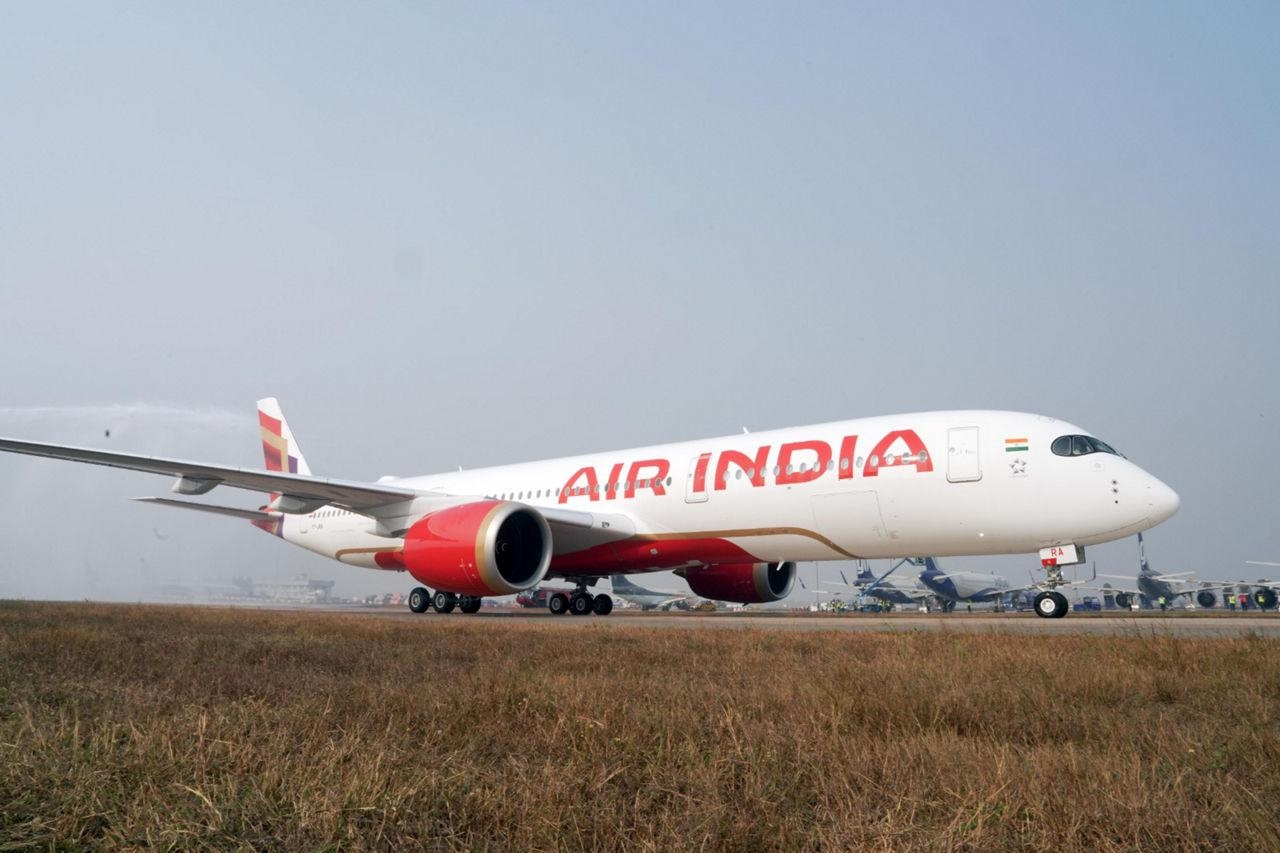
Air India Announces Delivery Schedule for A321neo, A350-1000, and 787-9 Aircraft
Air India Announces Delivery Schedule for A321neo, A350-1000, and 787-9 Aircraft
Major Fleet Modernization Underway
Air India Group, now under the ownership of the Tata Group, is advancing a landmark fleet renewal initiative that promises to transform its operational capabilities and competitive positioning within the Indian aviation sector. Central to this effort is an unprecedented order of 570 aircraft, among the largest in the history of commercial aviation. This extensive acquisition includes the latest models from Airbus and Boeing, notably the A321neo, A350-1000, 787-9 Dreamliner, and 777-9. These additions are expected to significantly expand Air India’s capacity and modernize its fleet.
Delivery Timeline and Deployment Plans
To date, the Air India Group—which comprises both Air India (AI) and Air India Express (IX)—has taken delivery of six Airbus A350-900s alongside more than 40 Boeing 737 MAX aircraft. The next phase of this fleet expansion is scheduled to commence in mid-2025, with the introduction of the first A321neo, A350-1000, and 787-9 Dreamliner aircraft. This phase represents a critical step in the airline’s strategy to increase capacity and enhance service offerings.
Air India Express will be the initial operator of the new A321neo, launching scheduled services from April 15, 2025. The inaugural routes will connect Delhi (DEL) with Bengaluru (BLR) and Srinagar (SXR), with subsequent expansions on April 20 to include Ayodhya (AYJ) and Jaipur (JAI). The A321neo will be configured with 180 economy seats and 12 business class seats, providing improved passenger options on key domestic routes. Currently, Air India operates two A321neos (registrations VT-RTC and VT-RTD) in a 192-seat dual-class layout.
Supply Chain Challenges and Operational Adjustments
Despite the progress, Air India continues to grapple with significant supply chain disruptions. CEO Campbell Wilson has acknowledged ongoing difficulties in procuring essential components such as engines, fuselages, and premium cabin seats. These challenges are expected to cause delivery delays from both Airbus and Boeing, potentially affecting the airline’s growth trajectory for the next four to five years. In response, Air India is extending the operational lifespan of older aircraft, which entails increased maintenance costs, and is facing obstacles in leasing additional planes due to global shortages. The airline is also exercising prudence regarding further Boeing orders amid manufacturing and regulatory constraints.
Widebody Fleet Expansion: A350-1000 and 787-9
The first A350-1000 destined for Air India is nearing completion at Airbus’s Toulouse facility and is anticipated to be delivered in 2026. Currently registered as F-WZFI, the aircraft will soon be re-registered under the VT-series for Indian operations. Concurrently, the initial Boeing 787-9 Dreamliners from the 2023 order are expected to arrive by the end of 2025. Three 787-9s are presently in production at Boeing’s Charleston, South Carolina plant, equipped with General Electric GEnx-1B engines.
Order Composition and Market Implications
Air India’s comprehensive 570-aircraft order includes 20 A350-900s, 20 A350-1000s, 140 A320neos, and 70 A321neos from Airbus, alongside 20 787-9 Dreamliners, 10 777X, and 190 737-8 MAX aircraft from Boeing. Additionally, a 2024 order comprises 10 more A350s and 90 A320 Family aircraft. This sweeping modernization is anticipated to provoke strategic responses from rival carriers, who may reassess their fleet plans in light of Air India’s expanded capacity. Industry analysts expect this development to intensify competition and elevate passenger service standards across the Indian aviation market.
Commitment to Sustainability and Efficiency
Air India’s investment in next-generation aircraft reflects a strong commitment to operational efficiency, passenger comfort, and environmental stewardship. The new A350 and 787-9 models offer substantial fuel savings and reduced emissions, aligning with global efforts to promote sustainable aviation. As these aircraft enter service from mid-2025 onward, Air India is positioned to lead the industry’s transition toward eco-friendly, high-capacity air travel.
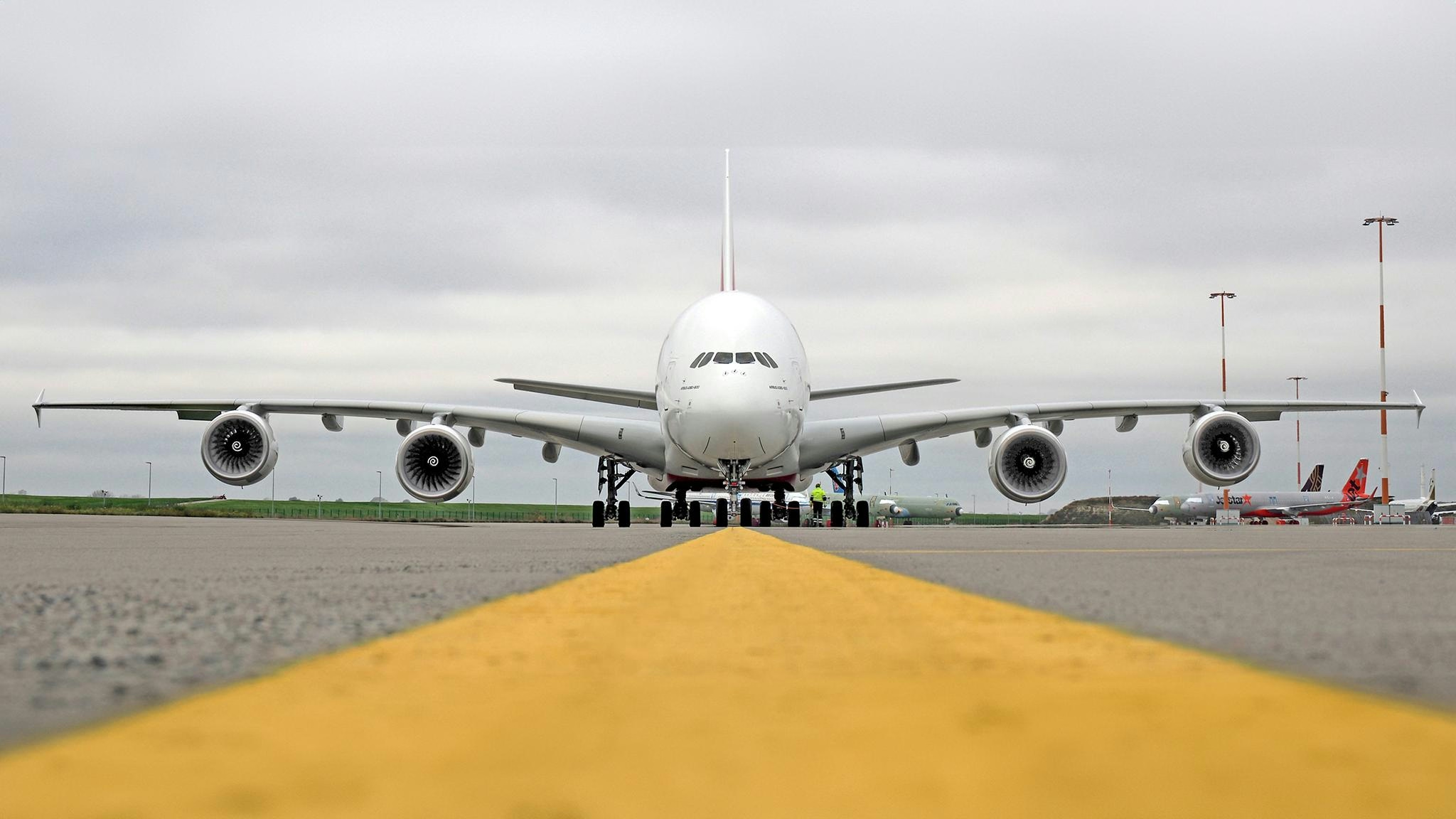
Why the World’s Best-Selling Widebody Passenger Aircraft Concerns Airbus
Why the World’s Best-Selling Widebody Passenger Aircraft Concerns Airbus
Since its introduction in 2011, the Boeing 787 has emerged as a defining commercial success for the American aerospace giant. Over the past fourteen years, the aircraft has transported more than one billion passengers, with the global fleet operating in excess of 2,100 flights daily. These remarkable figures not only underscore Boeing’s dominance in the widebody market but also present a growing challenge for its European competitor, Airbus.
The Boeing 787: A Market Leader
The Boeing 787 program, launched in 2004, was designed to build upon the legacy of the 777 by delivering a next-generation widebody aircraft. The 787 entered commercial service with All Nippon Airways (ANA) in October 2011, followed by the introduction of the larger 787-9 variant with Air New Zealand in 2014. Boeing has since developed three variants: the 787-8, measuring 186 feet with a typical seating capacity of 242 passengers and a range of 8,400 miles; the 787-9, at 206 feet, accommodating 296 passengers with an 8,705-mile range; and the 787-10, the largest at 224 feet, seating 318 passengers with a range of 7,285 miles.
ANA remains the largest operator with 86 Dreamliners, followed by United Airlines with 78 and American Airlines with 63. Globally, more than 1,175 Boeing 787s are currently in service, having completed nearly five million flights and accumulated over 30 million flight hours.
A Billion Passengers and Counting
The milestone of carrying over one billion passengers highlights the 787’s extensive global reach and operational reliability. Scott Stocker, Vice President and General Manager of the 787 Program, attributed this achievement to the confidence placed in the aircraft by airline customers and its capacity to connect people and cities across the world efficiently.
Airbus Faces Competitive Pressure
Boeing’s commanding position in the widebody segment extends beyond sheer numbers, signaling a shift in the competitive landscape. In June 2025, Boeing’s widebody deliveries surpassed those of Airbus, reflecting market preferences and Boeing’s strategic initiatives, including the success of models such as the A321LR. This momentum intensifies the pressure on Airbus to respond decisively, whether by enhancing its A350 lineup or by pursuing new markets and technological innovations to sustain its competitive advantage.
Shifting Supply Chains and Market Dynamics
The evolving competition is further shaped by transformations in the global supply chain. In India, companies like Jeh Aerospace are bolstering the commercial aircraft supply network, which could influence production rates and strategic planning for both Boeing and Airbus. As manufacturing capabilities expand in emerging markets, both manufacturers will likely need to adapt their strategies to maintain agility and competitiveness in a rapidly changing environment.
Looking Ahead
As the world’s best-selling widebody passenger aircraft, the Boeing 787 sets a formidable benchmark for Airbus and the wider industry. With Boeing’s delivery figures on the rise and supply chain dynamics in flux, Airbus faces increasing pressure to innovate and capture a larger share of the widebody market. The coming years will be pivotal as both manufacturers compete for leadership in an evolving aviation landscape.
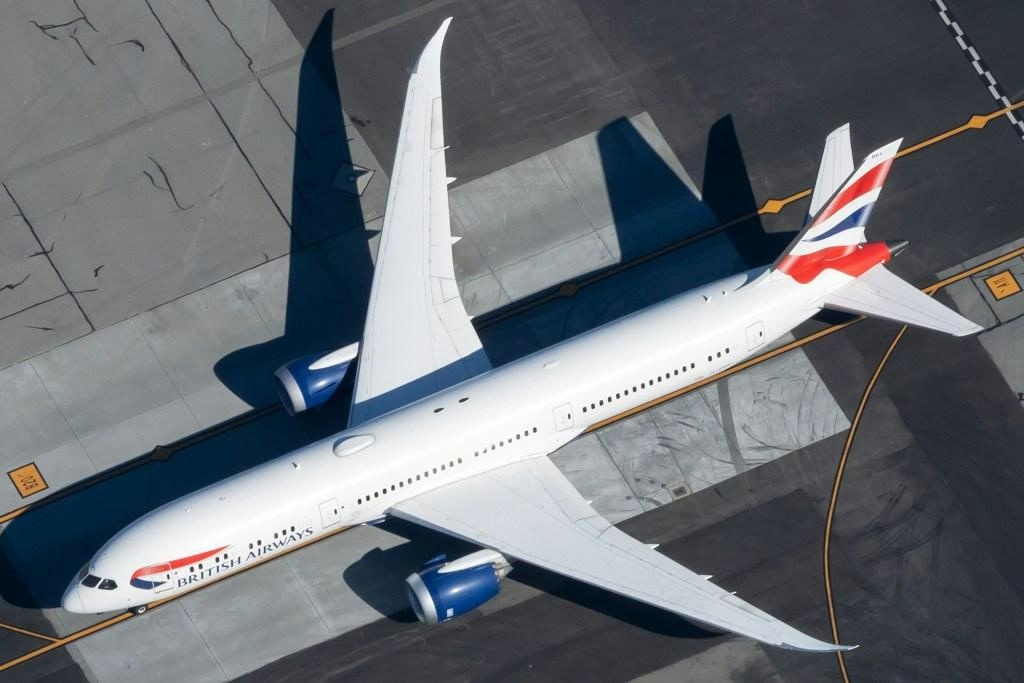
IAG Unveils 29 Startups Selected for 2025 Aviation Accelerator
IAG Unveils 29 Startups Selected for 2025 Aviation Accelerator
International Airlines Group (IAG) has revealed the selection of 29 startups for its 2025 Aviation Accelerator, marking a significant expansion that more than doubles last year’s intake as the program enters its ninth year. This enlarged cohort underscores the increasing prominence of artificial intelligence and sustainability-driven innovation within the aviation sector. As the parent company of British Airways and Iberia, IAG is making its largest investment to date in AI and climate technology.
Dual-Track Program Reflects Strategic Focus
The startups chosen for this year’s program represent 11 countries and, for the first time, are organized into two distinct tracks. The newly introduced “Discover” track is designed for early-stage startups, with a particular emphasis on those developing sustainable aviation fuel (SAF) and energy transition technologies. Fifteen companies will engage in a six-month mentoring program aimed at preparing them for potential future deployment within the industry. Concurrently, the “Deploy” track offers a commercially oriented, 12-week proof-of-concept opportunity in collaboration with IAG’s operating companies.
The IAGi Accelerator, the group’s flagship innovation initiative, seeks to accelerate collaboration with startups across six key areas, including AI, robotics, sustainability, and next-generation computing. Nisha Basson-Mugnier, IAG’s innovation principal, explained the motivation behind the dual-track approach, stating, “We saw the opportunity to engage with early-stage deep-tech startups in a better way. We’ve worked with these types of companies before in our traditional format, but launched the Discover track to reflect how much activity and innovation we’re now seeing—especially in the energy transition space.”
Addressing Industry Challenges Amid Growing Regulatory Pressure
The urgency surrounding sustainable aviation fuel is intensifying, as it is widely regarded as the most scalable near-term solution for decarbonizing long-haul flights. Regulatory frameworks are tightening, with both the European Union and the United Kingdom moving toward mandates requiring SAF usage. This regulatory momentum is prompting airline groups like IAG to engage with promising startups earlier in their development cycles.
Despite the program’s growth, the accelerator faces significant challenges. The aviation startup ecosystem is becoming increasingly crowded, with competition not only among startups but also from established industry players. Market saturation and the imperative for participating startups to scale effectively may test the program’s capacity to generate meaningful outcomes. At the same time, the sector’s competitiveness is attracting heightened investor interest in innovative aviation technologies. IAG’s expanded commitment may also spur competitors to forge strategic partnerships or accelerate their own technology development initiatives.
As the 2025 cohort embarks on the program, the IAG Aviation Accelerator remains a key indicator of industry trends, highlighting the direction of airline innovation and the technologies gaining momentum. The group’s increased investment reflects both the opportunities and the complexities confronting aviation as it adapts to a rapidly evolving technological and regulatory environment.
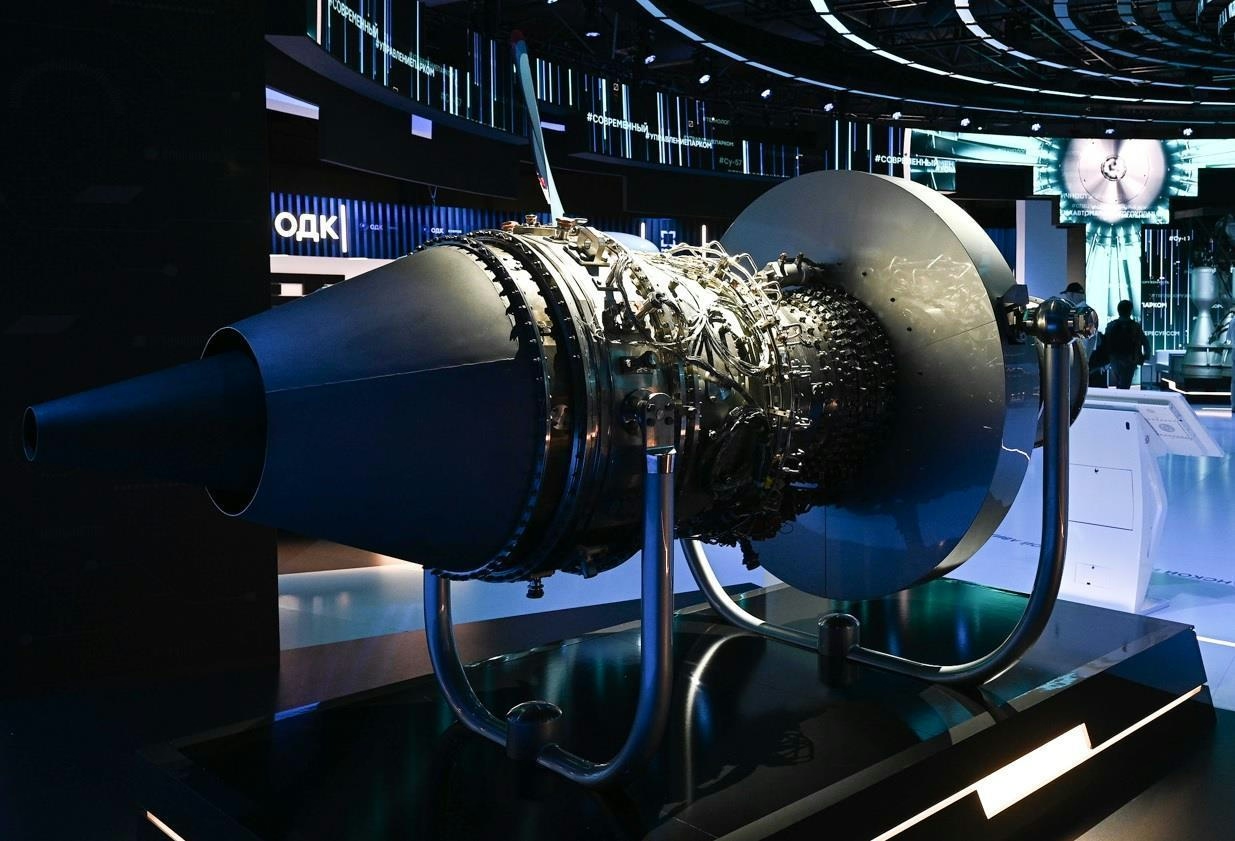
Russia Starts Modifying Be-200 Amphibious Aircraft with Domestic PD-8 Engine
Russia Advances Modification of Be-200 Amphibious Aircraft with Indigenous PD-8 Engine
Russia has initiated the process of adapting its domestically developed PD-8 turbofan engine for use in the Be-200 amphibious aircraft, a critical asset for the Ministry of Emergency Situations, particularly in aerial firefighting missions. This development reflects Moscow’s strategic effort to replace Western-made components amid ongoing international sanctions and increasing geopolitical isolation.
Development and Adaptation of the PD-8 Engine
The PD-8 engine, produced by the United Engine Corporation (UEC), was originally designed for the SJ-100 regional airliner—a fully Russian iteration of the SuperJet—created to substitute Western systems. Currently, the engine is being modified for integration into the Be-200 at the Beriev Aviation Complex in Taganrog, as confirmed by Yuri Slyusar, former head of United Aircraft Corporation and acting governor of the Rostov region.
Since entering service in 2003, the Be-200 has proven to be a reliable platform for firefighting, especially in remote and mountainous regions. Its amphibious design allows it to scoop up to 12 tons of water in just 15 seconds during low-level passes over water bodies, while also enabling both runway and water takeoffs and landings.
Originally, the Be-200 ‘Altair’ was powered by two Progress D-436 engines manufactured in Ukraine. However, the destruction of the Ukrainian engine factory in May 2022 amid the Russian military invasion has compelled Russia to accelerate the development and integration of the PD-8 as a replacement. The PD-8, currently undergoing certification testing on both the SJ-100 and Be-200 platforms, delivers approximately eight tons of thrust and incorporates core technologies derived from the larger PD-14 engine used in the MC-21 airliner.
Challenges and Market Implications
Despite these advancements, the transition to the PD-8 engine presents considerable technical and commercial challenges. As a relatively new design still in the certification phase, the PD-8’s development may encounter unforeseen technical difficulties. Furthermore, Russia’s geopolitical isolation and the persistence of international sanctions could foster skepticism among potential foreign buyers, thereby limiting export prospects for the modified Be-200.
In addition, global competitors in the amphibious aircraft sector are likely to respond by accelerating their own technological innovations and adopting more aggressive pricing strategies. This competitive environment may further complicate Russia’s efforts to establish the PD-8-equipped Be-200 in the international market.
As Russia proceeds with the PD-8 integration, the outcome will be closely monitored for its implications on the domestic aviation industry and the broader global market for specialized firefighting and amphibious aircraft.
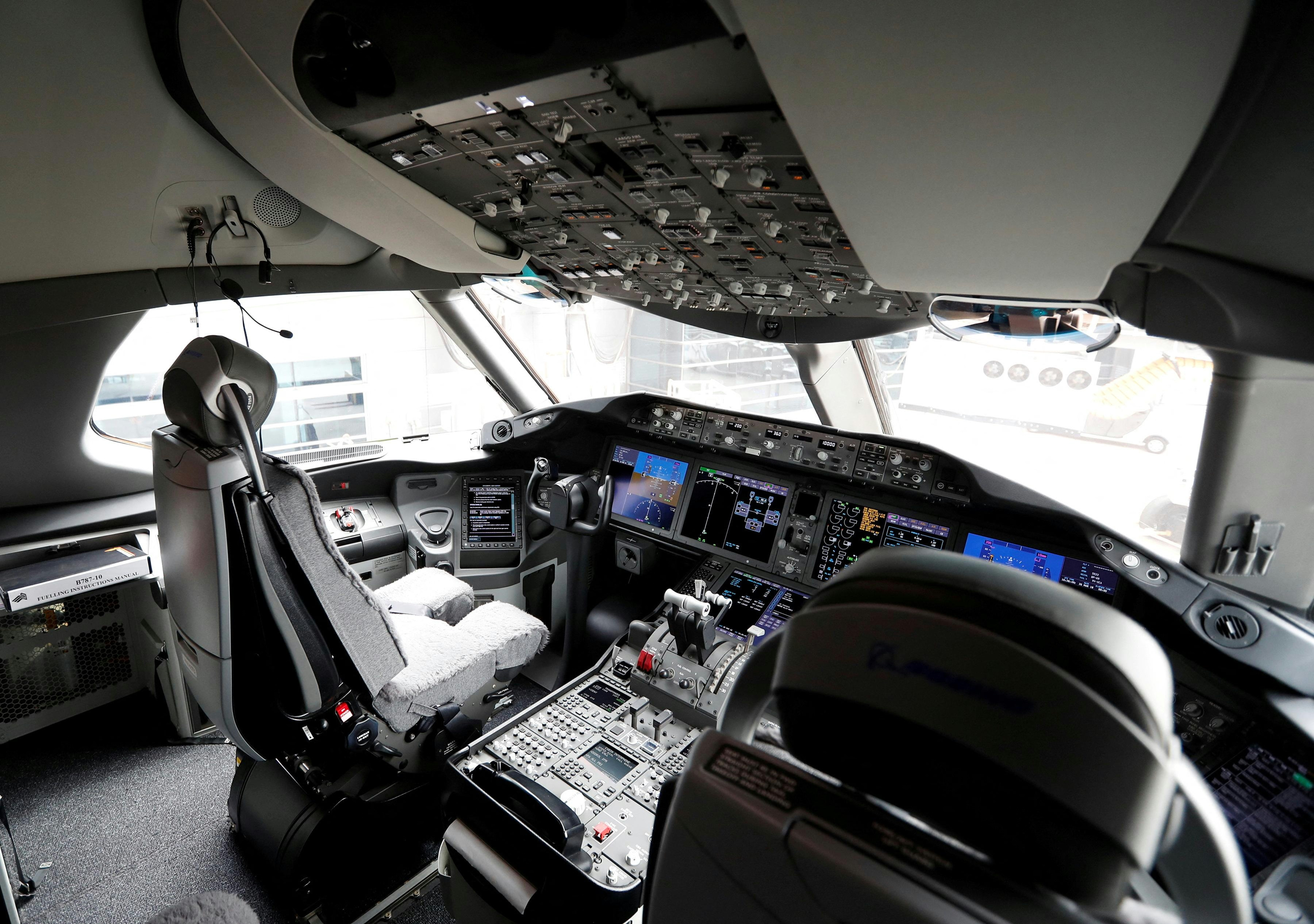
US Expert: Boeing 787 Experienced Fuel Switch Cut-Off in 2019; Japanese Pilots Did Not Intervene
US Expert Highlights Fuel Switch Cut-Off in 2019 Boeing 787 Incident; Japanese Pilots Did Not Intervene
A preliminary investigation into the Air India AI 171 crash in Ahmedabad has renewed focus on the Boeing 787’s fuel switch system. India’s Aircraft Accident Investigation Bureau (AAIB) reported that the fuel switch had shifted from the “Run” to the “Cutoff” position prior to the crash. The 15-page report, released this week, included a paraphrased exchange between Captain Sumeet Sabharwal and First Officer Clive Kunder, in which one pilot questioned the other about cutting off the fuel supply. Both pilots denied any deliberate action to do so. Shortly thereafter, a Mayday call was issued, and the aircraft crashed into a hostel for medical students, resulting in the deaths of all on board.
The AAIB report does not clarify how or why the fuel switch moved to the “Cutoff” position, leaving open the possibility of either pilot error or mechanical malfunction. To provide further insight, FinancialExpress.com consulted Mary Schiavo, a US aviation expert, who dismissed theories of intentional pilot intervention. Schiavo emphasized the absence of evidence supporting deliberate action and called for the full release of cockpit voice recorder (CVR) transcripts to avoid misinterpretation. She stated, “There is nothing here to suggest pilot suicide or murder.”
Parallels with 2019 ANA Boeing 787 Incident
Schiavo also referenced a similar event in 2019 involving an All Nippon Airways (ANA) Boeing 787. During final approach from Tokyo to Osaka, both engines failed after the aircraft’s software erroneously detected that it was on the ground. This triggered the Thrust Control Malfunction Accommodation System, which cut fuel to the engines. According to Schiavo, the pilots did not engage the fuel cutoff switches. The malfunction was ultimately traced to a software glitch rather than human error. The ANA flight, carrying 109 passengers and 9 crew members, landed safely without injuries.
Regulatory Response and Ongoing Investigations
The Air India crash has intensified scrutiny of Boeing’s fuel switch mechanisms. India’s civil aviation authority has ordered inspections of cockpit fuel switches on Boeing aircraft following the AAIB’s findings. Meanwhile, the US Federal Aviation Administration (FAA) and Boeing have maintained that the fuel switch locks are safe. However, investigations continue to explore whether the Ahmedabad crash resulted from pilot action or a technical fault.
Regulatory bodies worldwide are responding to these concerns. The UK Civil Aviation Authority (CAA) issued a warning just weeks before the crash, highlighting potential issues with fuel shutoff valves on several Boeing models, including the 737, 757, 767, 777, and 787. The fuel control switches, housed within the Throttle Control Module (TCM), had been replaced on the ill-fated AI 171 aircraft in both 2019 and 2023. Despite these replacements, questions remain regarding the reliability of the locking mechanism.
The heightened regulatory scrutiny and ongoing investigations have placed significant pressure on Boeing, with potential repercussions for its market position and investor confidence. As authorities continue to determine the root cause of the AI 171 crash, the aviation industry is preparing for possible safety reviews and further regulatory measures.
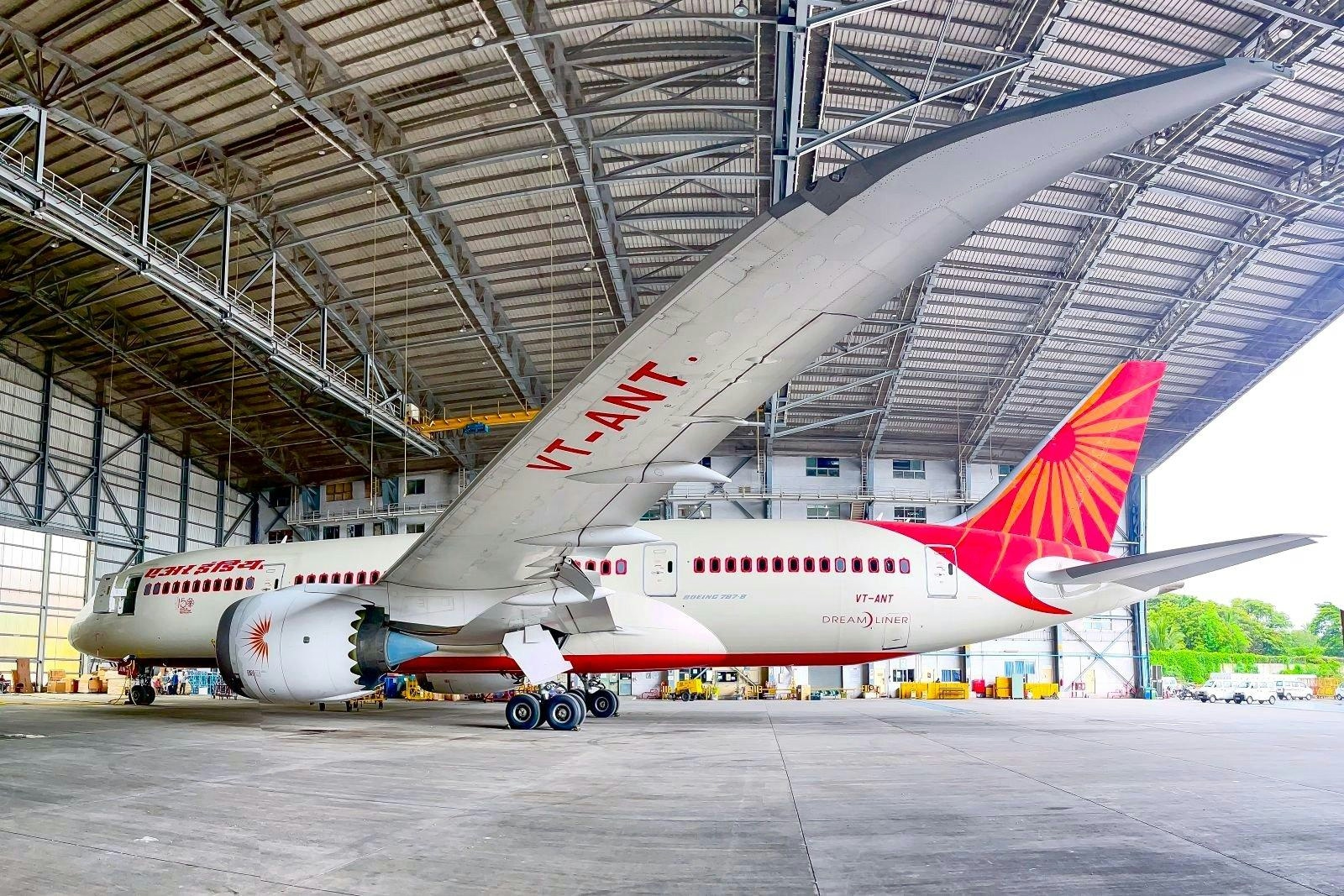
Air India Starts Retrofit of Boeing 787-8 Fleet
Air India Commences Extensive Retrofit of Boeing 787-8 Fleet Amid Operational Pressures
Air India has initiated a comprehensive retrofit programme targeting its Boeing 787-8 fleet, encompassing 26 aircraft. The initiative aims to modernise the fleet with upgraded interiors and enhanced systems to elevate passenger experience and align with the airline’s updated service standards. The first aircraft, VT-ANT, was transferred to Boeing’s Victorville, California facility in July 2025, with a second aircraft scheduled for retrofit commencement in October. Both are expected to return to service by December 2025, while the full programme is projected to conclude by mid-2027.
Interior Upgrades and Operational Challenges
The retrofit involves a complete redesign of the 787-8 cabins, introducing refreshed layouts across Business, Premium Economy, and Economy classes. Passengers will benefit from new seating arrangements, state-of-the-art inflight entertainment systems, updated carpeting and upholstery, renovated lavatories, and modernised galleys. These enhancements are part of Air India’s broader strategy to improve its product offering and customer experience.
However, the retrofit programme coincides with significant operational challenges. The temporary reduction in available aircraft has forced Air India to suspend certain routes, including services to Washington Dulles. These difficulties are compounded by intensified scrutiny following a recent crash involving an Air India 787-8, currently under investigation as a potential criminal incident. In response, the airline has conducted thorough inspections of fuel control switches across its 787-8 fleet, reporting no faults. This precautionary measure aligns with similar actions taken by competitors such as Lufthansa, which has also re-examined fuel control systems on its Boeing aircraft.
Reliability Enhancements and Future Plans
Beyond interior refurbishments, Air India is implementing a Reliability Enhancement Programme for the 787-8s. This initiative includes avionics upgrades and critical system improvements designed to meet evolving industry standards. The process involves meticulous review of maintenance and configuration records, with modifications guided by Boeing’s service bulletins. Additionally, seven aircraft will undergo heavy maintenance D-checks at the Victorville facility, ensuring long-term safety and operational performance.
Looking ahead, Air India intends to commence retrofitting its 13 Boeing 777-300ERs from early 2027. This subsequent programme has experienced delays due to supply chain constraints but is anticipated to be completed by October 2028.
Progress on Narrow-Body Fleet Retrofit
In parallel, Air India’s retrofit of 27 legacy A320neo aircraft, launched in September 2024, remains on schedule for completion by September 2025. The introduction of a third production line at GMR’s MRO facility in Hyderabad has accelerated the process, with 16 aircraft already upgraded. The 15th A320neo returned to service on 9 August 2025, followed by the 16th scheduled for 11 August. The remaining 11 aircraft are expected to be completed within the established timeline. These narrow-body jets, featuring new cabin interiors, are being deployed on key domestic and short-haul international routes, enhancing the overall passenger experience across Air India’s network.
Despite the operational pressures and heightened industry scrutiny, Air India’s retrofit programmes represent a substantial investment in fleet modernisation and passenger comfort.
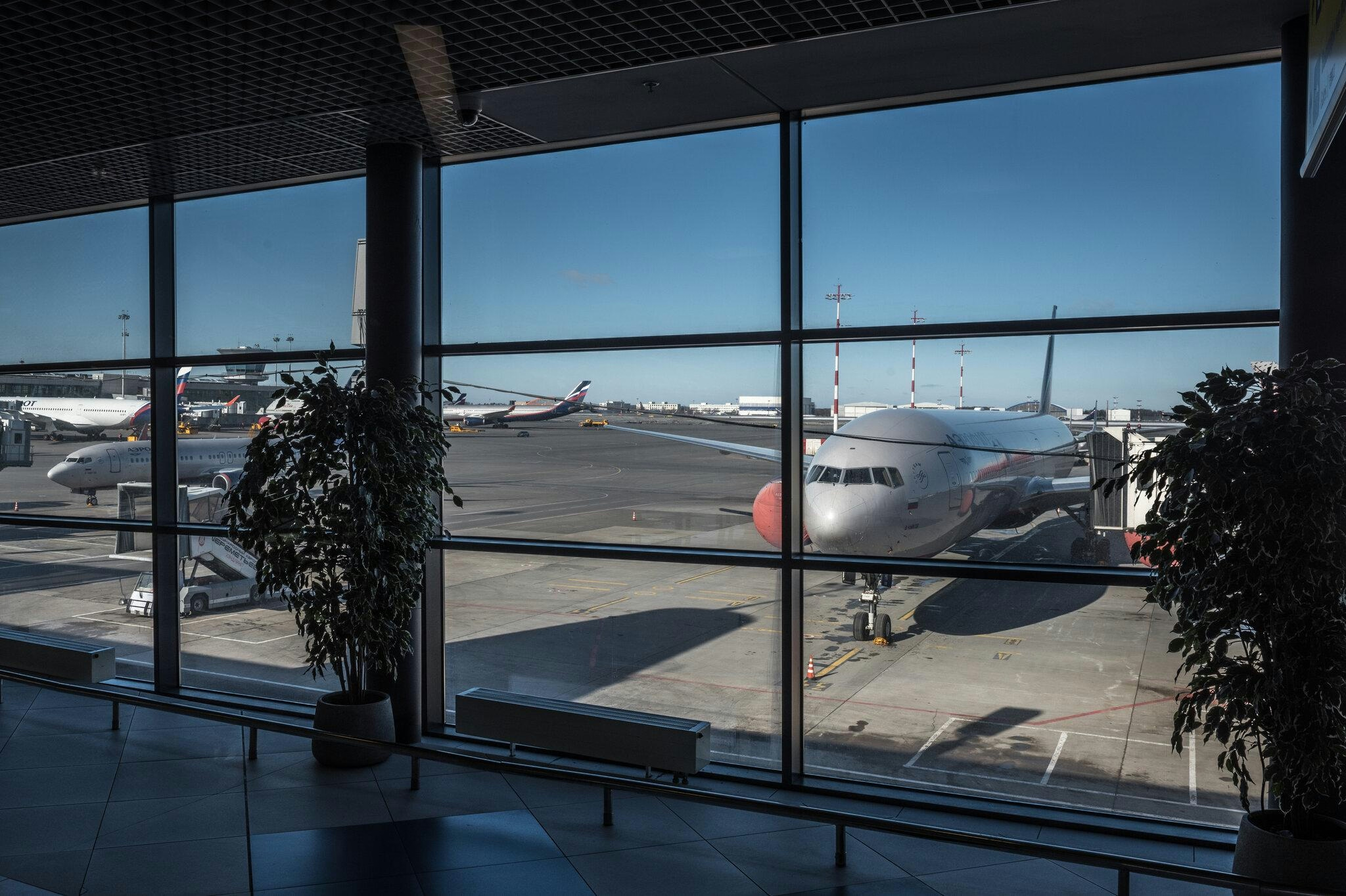
Leasing Firms Face Significant Losses After Chinese-Owned Aircraft Detained in Russia
Leasing Firms Face Significant Losses After Chinese-Owned Aircraft Detained in Russia
Rising Financial Strains Amid Geopolitical Tensions
Chinese aircraft leasing companies are confronting significant financial setbacks as a consequence of the ongoing conflict in Ukraine. Several firms have reported substantial insurance claims following the detention of their aircraft in Russia, where the planes remain unrecovered. This predicament underscores the escalating political risks confronting the global aircraft leasing industry amid intensifying geopolitical tensions.
AVMAX, a wholly owned subsidiary of Guangdong-based Shanhe Intelligent, recently revealed it had secured US$23 million in insurance payouts for three turboprop airliners stranded in Russia. According to a stock exchange filing released this week, these aircraft—manufactured by De Havilland Canada, a Bombardier subsidiary—were leased to Russian carriers Yakutia Airlines and Aurora JSC under three separate contracts, two of which expired last year. Since the outbreak of the Ukraine war in February 2022, AVMAX has persistently sought to recover the planes, but Western sanctions targeting the Russian aviation sector have severely complicated negotiations. The company stated that despite ongoing efforts, it has been unable to reclaim the affected aircraft.
Broader Industry Impact and Financial Fallout
The difficulties encountered by AVMAX reflect a wider trend affecting Chinese leasing firms. Airwork, a wholly owned subsidiary of a Zhejiang-based company, experienced the detention of six Boeing 757 freighter aircraft in Russia after it demanded the termination of leasing contracts and the return of its planes in 2022. While Airwork succeeded in recovering one aircraft, it suffered losses amounting to hundreds of millions of dollars. The company was compelled to write off the value of the remaining assets and engage in protracted insurance litigation.
The financial repercussions extend beyond Chinese firms. Air Lease, a prominent international competitor, reported a $344 million insurance claim settlement related to aircraft blocked in Russia since the invasion of Ukraine in 2022. These developments have intensified scrutiny of political risk insurance and raised concerns about the stability of aircraft leasing arrangements in regions affected by geopolitical conflict.
Strategic Reassessment in a Volatile Environment
In light of these challenges, leasing companies are reassessing their business strategies to better manage risks associated with international political disputes. Industry analysts observe that the wave of detained aircraft and ensuing insurance claims is prompting firms to reevaluate their exposure to high-risk markets and reconsider how future leasing agreements are structured.
As the conflict in Ukraine persists, the aircraft leasing sector remains enveloped in uncertainty, with companies preparing for further disruptions and potential losses linked to assets stranded in Russia.
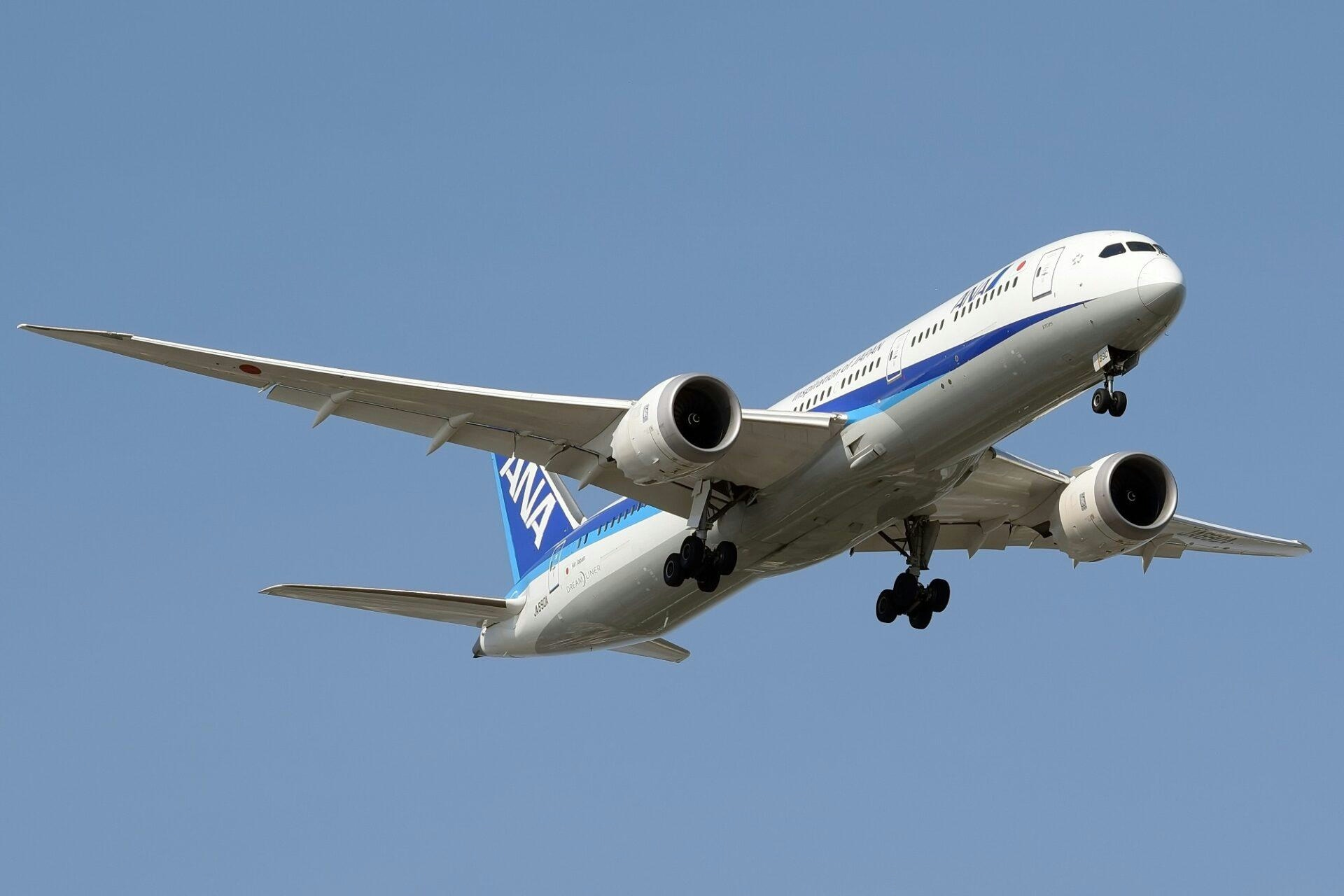
ANA Introduces AI Technology to Predict Turbulence with 86% Accuracy
ANA Introduces AI Technology to Predict Turbulence with 86% Accuracy
Advancing Flight Safety through Artificial Intelligence
All Nippon Airways (ANA) has implemented a pioneering artificial intelligence (AI) system designed to predict turbulence with an accuracy rate of 86 percent, marking a significant advancement in aviation safety and passenger comfort. Developed in collaboration with BlueWX, a company born from a partnership with Keio University, the system utilizes deep learning algorithms trained on a decade of turbulence data. This initiative positions ANA as the first airline to deploy BlueWX’s technology fleet-wide following successful trials involving 2,500 pilots.
The project, which began in 2019 and culminated in the establishment of BlueWX in 2023, addresses a longstanding challenge in the airline industry. Hiroyuki Kometani, ANA’s Executive Vice President of Operation Division, emphasized the importance of this development, stating that the integration of AI and deep learning techniques will provide a more reliable and comfortable travel experience for passengers. The AI model demonstrated superior performance compared to traditional turbulence forecasting methods during extensive testing phases that started in 2021, with pilots reporting enhanced reliability and real-world effectiveness.
Addressing a Growing Safety Concern
Turbulence remains a critical safety and operational issue for airlines globally. According to the National Transportation Safety Board (NTSB), turbulence is responsible for 30 to 50 percent of aviation incidents, with recent years witnessing serious injuries and fatalities, including the death of a British passenger in 2024. Beyond the immediate safety risks, turbulence contributes to significant economic losses through cargo damage, equipment repairs, and delays caused by unscheduled inspections.
Kaz Watanabe, CEO of BlueWX, highlighted the increasing severity of turbulence, partly attributed to climate change, and underscored the urgency of deploying advanced predictive technologies. While ANA’s AI system represents a major technological breakthrough, the airline acknowledges ongoing challenges in maintaining the model’s accuracy and reliability across diverse flight conditions and altitudes. Ensuring consistent performance in varying weather scenarios will be essential as the system is integrated more broadly.
Industry Impact and Future Prospects
The introduction of this AI-powered turbulence prediction system has been met with positive market reactions, with expectations that it will enhance passenger confidence and potentially increase demand for ANA’s services. Industry analysts anticipate that other airlines may accelerate the development and adoption of similar AI technologies to improve their turbulence forecasting capabilities, aiming to match ANA’s gains in operational efficiency and customer satisfaction.
Looking forward, BlueWX intends to expand its AI-driven weather forecasting solutions to additional airlines, seeking to elevate safety standards and operational effectiveness throughout the aviation sector. This development signals a broader shift towards leveraging artificial intelligence to address complex challenges in air travel.

How the General Electric GEnx Engine Transformed Boeing's Aircraft
How the General Electric GEnx Engine Transformed Boeing's Aircraft
The General Electric GEnx engine has emerged as a transformative force within Boeing’s aircraft portfolio, establishing itself as the fastest-selling and most widely used jet engine in history, with over 3,000 units currently in operation. Its integration into the Boeing 787 Dreamliner and 747-8 models has significantly enhanced aircraft performance while reshaping competitive dynamics across the aviation sector.
Technological Advancements and Environmental Benefits
Incorporating cutting-edge technology, the GEnx engine achieves a 1.4% annual reduction in carbon emissions alongside a 3% increase in yearly utilization compared to earlier engine generations. This improvement allows aircraft to remain operational for up to seven additional days annually, offering airlines a substantial boost in operational efficiency. A hallmark of the GEnx’s design is its pioneering use of carbon fiber composite materials in the fan casing and blades, a world first that results in a lighter, more corrosion-resistant, and quieter engine. These innovations not only reduce maintenance requirements but also enhance overall reliability, directly benefiting airline operations and sustainability goals.
Engineering Innovations and Performance Enhancements
Building upon the foundation of the GE90 engine, the GEnx introduces several engineering breakthroughs. The engine features carbon-fiber composite fan blades with a reduced blade count—18 instead of 22—further decreasing weight and improving aerodynamic efficiency. Notably, it incorporates the first FAA-approved 3D-printed components, such as the power door opening bracket (PDOS), introduced in 2018. The engine’s lean-burning twin-annular pre-swirl combustor significantly lowers nitrogen dioxide emissions, maintaining levels well below regulatory thresholds.
The GEnx-1B variant powers all Boeing 787 models, while the GEnx-2B is utilized on the 747-8 and 747-8F aircraft. Both variants deliver superior fuel efficiency and reduced operating costs. Advances such as next-generation 3D dynamics and titanium aluminide blades reduce engine weight by up to 300 pounds (136 kilograms), optimizing performance on long-haul flights. The GEnx-1B also achieved a 330-minute ETOPS (Extended-range Twin-engine Operational Performance Standards) rating following rigorous endurance testing, thereby expanding operational flexibility for airlines.
Market Impact and Boeing’s Financial Recovery
The technological progress embodied by the GEnx engine has elicited a strong market response. GE Aerospace’s improved profit outlook and increased engine deliveries reflect robust aftermarket demand, as airlines extend the service life of older aircraft amid production delays at Boeing and Airbus. This trend is exemplified by JetBlue’s recent divestment of CF34 engines during its transition to Airbus A220s, signaling shifts in market dynamics and growth in the secondary market for regional engines.
Boeing’s financial turnaround is underscored by higher aircraft deliveries and increased revenue, highlighting the GEnx engine’s role in this recovery. The ongoing production of the 787 Dreamliner and the final delivery of the 747-8 to Atlas Air in 2023 demonstrate sustained demand for aircraft equipped with GEnx technology.
Global Support and Future Prospects
General Electric’s extensive global support network, combined with software-driven maintenance solutions, ensures continued reliability and operational efficiency for airlines worldwide. As the aviation industry navigates evolving market conditions and increasingly stringent environmental standards, the GEnx engine remains a critical driver of efficiency, sustainability, and competitive advantage for Boeing and its customers.
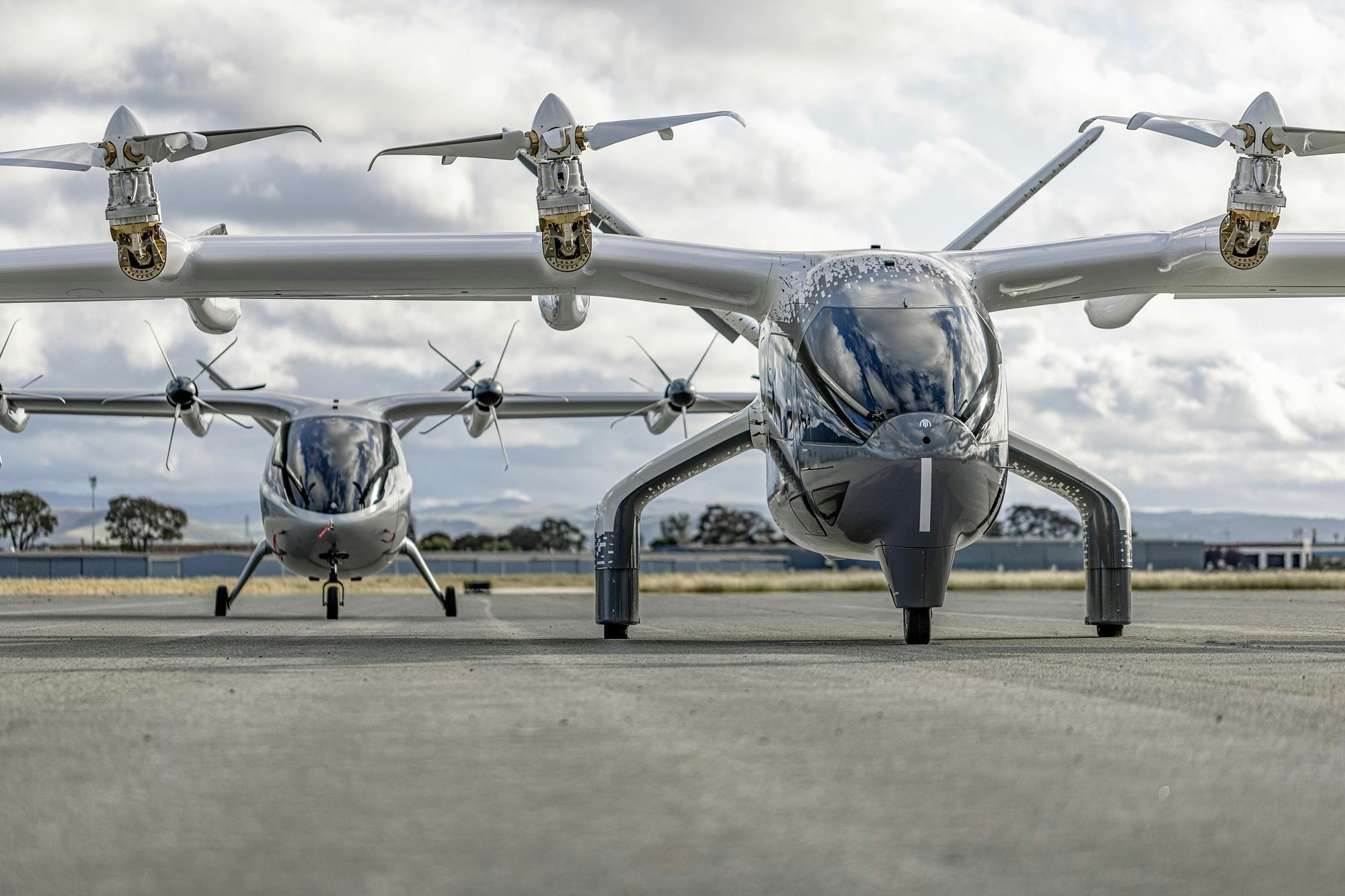
Archer Advances eVTOL Production with Six Aircraft and Secures LA Olympics Partnership
Archer Advances eVTOL Production with Six Aircraft and Secures LA Olympics Partnership
Production Expansion and Regulatory Progress
Archer Aviation Inc. (NYSE: ACHR) has reported substantial advancements in its second-quarter results, underscoring a significant increase in the production of its Midnight electric vertical takeoff and landing (eVTOL) aircraft. Currently, six Midnight aircraft are in production, with three undergoing final assembly at the company’s manufacturing facilities in California and Georgia. This escalation in manufacturing activity aligns with Archer’s efforts to obtain a production certificate from the Federal Aviation Administration (FAA). The FAA’s recent clarification of the certification pathway for eVTOL aircraft is expected to accelerate not only Archer’s progress but also that of its competitors, intensifying the race among leading developers in this emerging sector.
Adam Goldstein, Archer’s CEO, highlighted the company’s momentum, noting the ramp-up in manufacturing and the strategic advances made during the quarter. He emphasized the company’s strong liquidity position of $1.7 billion, which supports ongoing operations and growth initiatives. Alongside production milestones, Archer has made significant strides internationally and in defense, positioning itself for broader market engagement.
Strategic Partnerships and International Expansion
A key highlight of Archer’s recent developments is its designation as the Official Air Taxi Provider for the LA28 Olympic Games. This partnership serves as a major endorsement of Archer’s technology and operational readiness, reflecting confidence from both public and private stakeholders. The company is collaborating closely with federal and local agencies, including the U.S. Department of Transportation, the FAA, and the White House. Notably, a June 2025 executive order from the White House aims to promote American leadership in eVTOL deployment, facilitating early commercial operations potentially as soon as next year.
On the international front, Archer has launched its UAE program in collaboration with Abu Dhabi Aviation and the Abu Dhabi Investment Office. The company has delivered its first Midnight aircraft to the UAE and initiated flight testing in Abu Dhabi, with expectations to begin receiving commercial payments later this year. This expansion marks a significant step in Archer’s global strategy and demonstrates the growing international interest in eVTOL technology.
Defense Sector Initiatives and Market Challenges
In addition to commercial and international progress, Archer is accelerating its defense program through two recent strategic acquisitions. This move aims to enhance the company’s competitiveness in the defense sector, where rivals such as Joby Aviation, Beta Technologies, and Vertical Aerospace are also intensifying their efforts.
Despite these positive developments, Archer continues to face challenges. Regulatory scrutiny remains rigorous as the FAA conducts ongoing reviews and inspections. Furthermore, the high costs and technical complexities associated with scaling eVTOL production present potential obstacles that could affect investor sentiment. Market reactions have been mixed; while the Olympic partnership is widely regarded as a strong validation of Archer’s capabilities, concerns persist regarding the competitive landscape and the company’s path to profitability.
Financially, Archer remains well-positioned, reporting over $1.7 billion in cash and cash equivalents. The company plans to host a live webcast to discuss its quarterly results and future outlook, accessible through its investor relations website.
As the eVTOL industry continues to gain momentum, Archer’s production advancements and high-profile partnerships are expected to drive further competition and innovation within the sector.
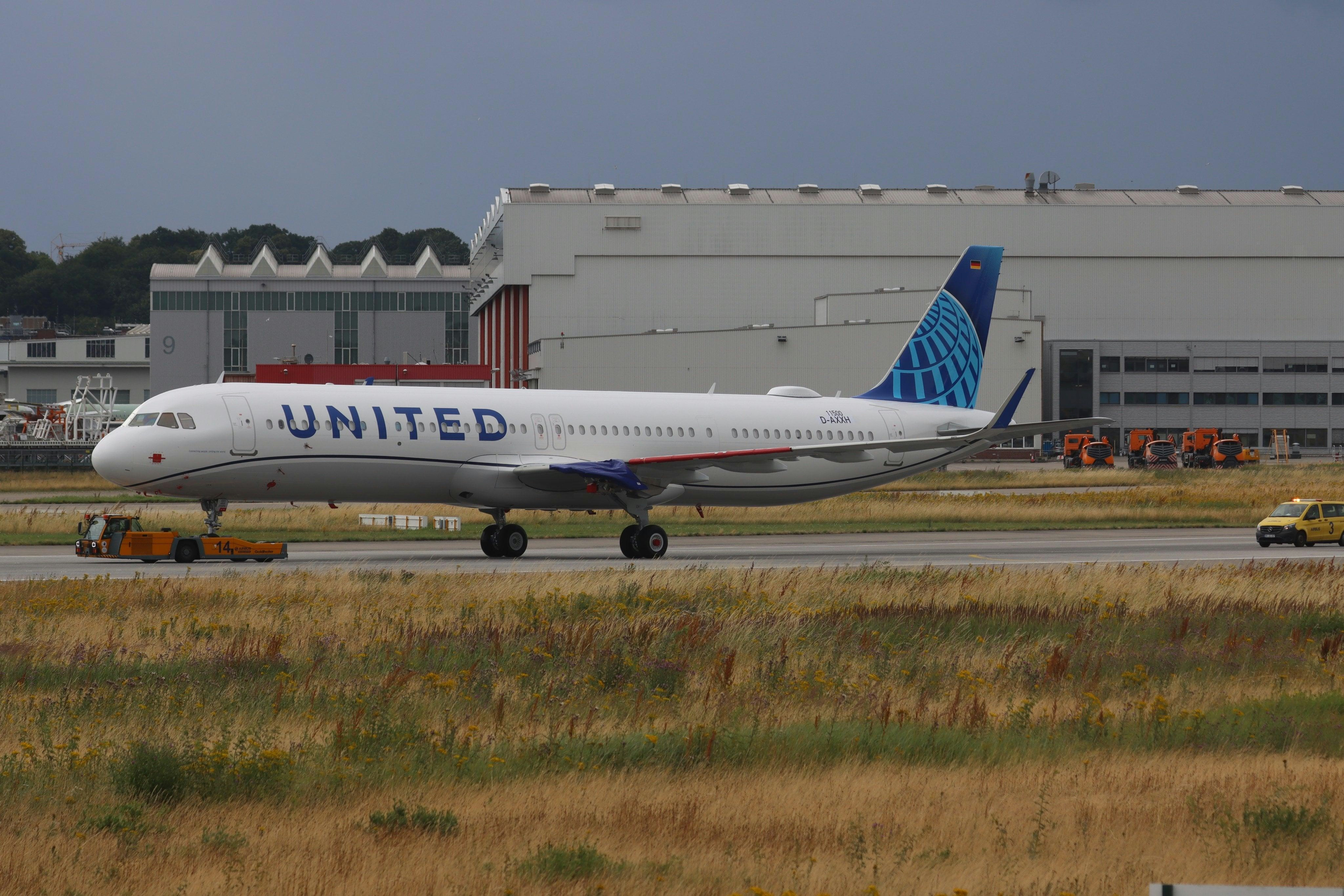
Two Six-Year-Old Airbus A321neos Sold for Spare Parts
Two Six-Year-Old Airbus A321neos Sold for Spare Parts Amid Industry Shortages
Two Airbus A321neo aircraft, each only six years old, are being dismantled for spare parts as the aviation sector grapples with persistent supply chain disruptions. Previously operated by IndiGo, these jets have been acquired by aftermarket specialist Setna iO. Despite their relatively young age and the potential for decades of further service, the soaring value of their components amid ongoing shortages has made parting out the aircraft more financially attractive than continued operation.
Setna iO confirmed the purchase of the two 2019-built A321neos via its LinkedIn page. Both aircraft are equipped with high gross weight enhanced landing gear, Honeywell GTCP131-9A auxiliary power units, GTF nacelles, and advanced avionics. Notably, they are powered by Pratt & Whitney PW1133G-JM engines, which are in particularly high demand due to global parts scarcity. Industry sources indicate that the aircraft, registered as OE-IHD and OE-IHH (formerly VT-IUD and VT-IUE with IndiGo), were ferried to Castellon, Spain, in early May after completing their final commercial flights in late February.
The first aircraft, VT-IUD, was delivered on May 16, 2019, and logged 18,705 flight hours and 9,210 cycles. The second, VT-IUE, delivered on May 20, 2019, accumulated 19,374 flight hours and 9,675 cycles. Both jets were leased from UK-based Deucalion Aviation and configured to seat 222 passengers in an all-economy layout. Their removal from IndiGo’s fleet in February 2025 represents an unusually early retirement for aircraft of this type, which typically remain in service for much longer periods.
Economic Rationale Behind Early Dismantling
The decision to scrap such young airframes is particularly striking given the current shortage of both aircraft and spare parts. Market valuations from ch-aviation place each jet’s worth at over $43 million, while aviation consultancy Cirium estimates their part-out value between $45 million and $56.5 million, depending on engine condition. The engines alone could command between $15.2 million and $21.4 million each. By contrast, the market lease rate for comparable aircraft is approximately $350,000 per month, or $4.2 million annually. Over a hypothetical extended service life of 20 years, each aircraft could generate between $60 million and $70 million in rental revenue.
Industry analysts suggest that the owners are prioritizing immediate financial returns by selling the aircraft for parts rather than navigating the uncertainties of long-term leasing in a volatile market environment.
Implications for the Aviation Market
The sale and dismantling of such young aircraft may have significant repercussions across the aviation aftermarket. Regulatory compliance and market dynamics could become increasingly complex as competitors adjust their spare parts strategies or seek alternative suppliers. This development may also influence the leasing market, as demonstrated by airlines such as China’s Loong Air, which leases A321neos from CDB Aviation. Such shifts could prompt changes in fleet management and operational strategies among lessors and airlines.
As airlines and manufacturers continue to contend with supply chain bottlenecks, the industry’s emphasis on cost-effective solutions and competition for scarce resources is expected to intensify. The timeline for relief from the current parts shortage remains uncertain, compelling the market to adapt to these evolving challenges.
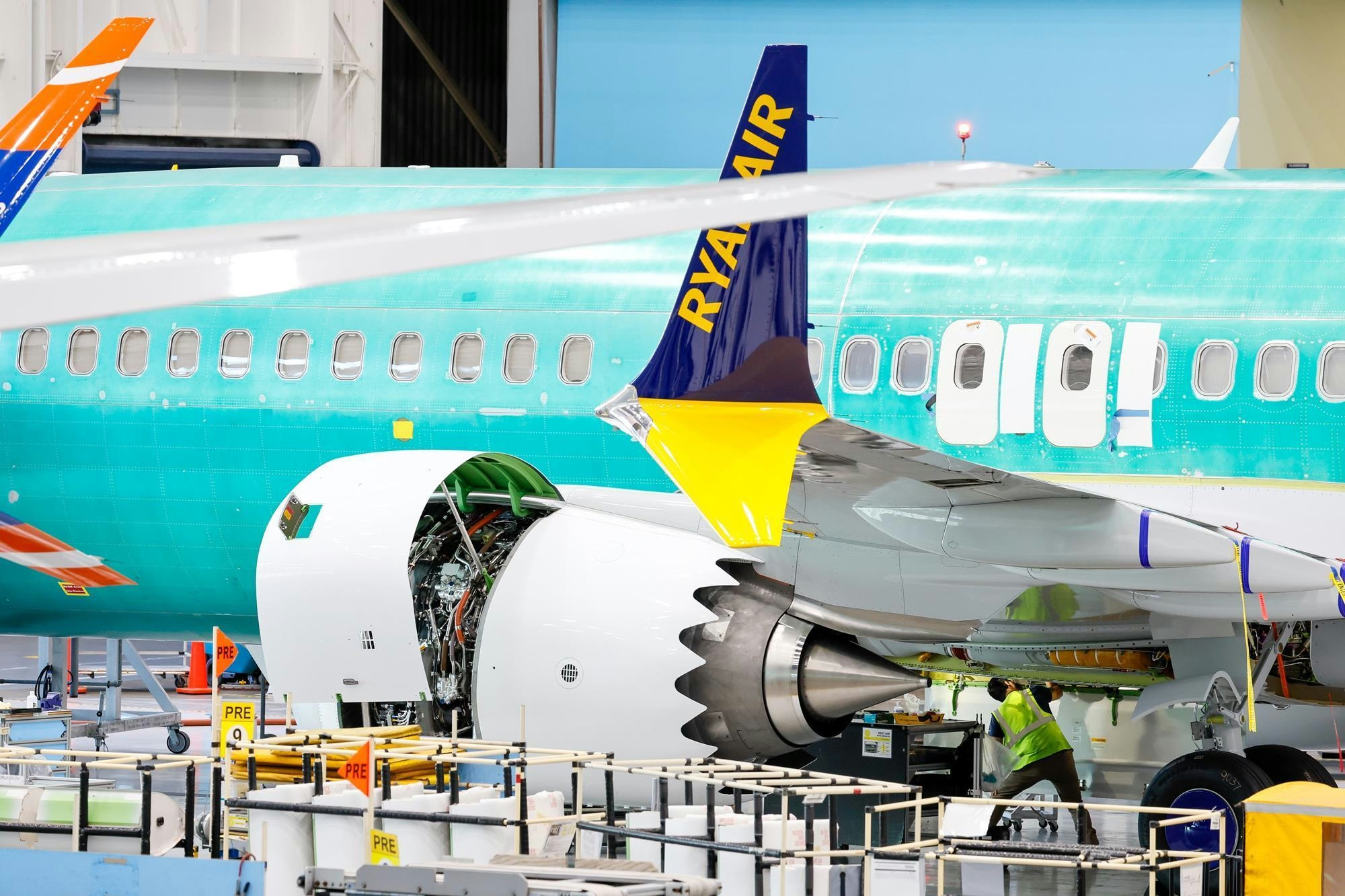
Civil Aviation Ministry Requests Airlines Disclose Boeing Aircraft and Parts Procurement Details
Civil Aviation Ministry Seeks Detailed Disclosure of Boeing Aircraft and Parts Procurement
Intensified Scrutiny Following Safety Concerns
The Ministry of Civil Aviation (MoCA) in India has issued a directive requiring all domestic airlines to submit detailed information regarding their procurement of aircraft, engines, and spare parts, with a specific emphasis on transactions involving Boeing. Airlines have been instructed to provide this data by Monday as part of an intensified review of Boeing-related operations within the country.
This directive follows a fatal incident earlier this year involving an Air India Boeing Dreamliner in Ahmedabad, which was reportedly caused by a fuel supply malfunction. In response, the Directorate General of Civil Aviation (DGCA) has launched inspections focusing on cockpit fuel switches across Boeing 737 and 787 aircraft nationwide. These safety checks mirror similar measures undertaken by South Korean aviation authorities, underscoring growing international apprehension about the safety of Boeing aircraft.
Challenges Amid Technical Staff Shortages and Trade Tensions
The move to demand procurement disclosures comes at a time when the Indian aviation sector is contending with a significant shortage of technical personnel. The DGCA, responsible for regulating aviation safety, currently operates with nearly 55% of its technical positions unfilled. This staffing deficit has raised concerns about the authority’s ability to conduct comprehensive inspections and uphold stringent safety standards.
Furthermore, the government’s request coincides with escalating trade tensions between India and the United States. Reports indicate that the Indian government has suspended new Boeing aircraft purchases from the US following the imposition of 50% tariffs on Indian goods by the Trump administration. These tariffs were introduced amid India’s continued procurement of Russian oil, adding complexity to bilateral trade relations.
By seeking comprehensive details on Boeing-related procurement, the Ministry aims to strengthen oversight of aircraft safety and procurement processes while navigating the broader regulatory and geopolitical challenges confronting the Indian aviation industry.
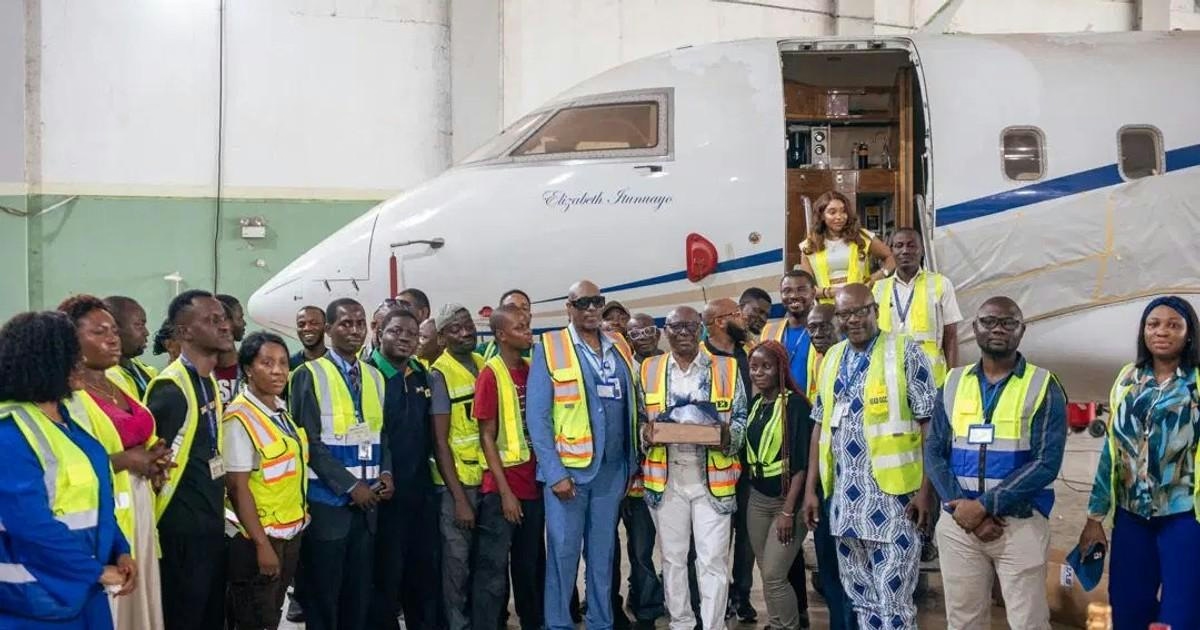
Elin Air: A Nigerian Company’s Milestone in Domestic Aviation
Elin Air: A Nigerian Company’s Milestone in Domestic Aviation
Elin Air has marked a significant achievement in African aviation by successfully completing the 7,800 landings check entirely within Nigeria—a pioneering feat on the continent. This accomplishment not only underscores the company’s technical expertise but also signals a transformative shift in the regional aviation industry, highlighting the growing capacity for complex aviation operations to be conducted domestically.
Demonstrating Local Capability and Expertise
Elizabeth, a senior executive at Elin Air, emphasized the broader implications of this milestone, stating that completing the 7,800 landings check locally affirms Nigeria’s possession of the necessary talent, infrastructure, and discipline to execute sophisticated aviation projects to the highest international standards. This achievement reinforces Elin Air’s dedication to operational excellence grounded in African capability. More broadly, it serves as a testament to Nigeria’s potential to reduce reliance on foreign maintenance facilities, retain economic value within the country, and inspire the next generation of aviation professionals.
Elin Air’s decision to carry out the entire operation with a fully local team reflects a strategic commitment to building indigenous capacity. Elizabeth noted that outsourcing such complex tasks results in the loss of opportunities, skills, and income. By entrusting Nigerian engineers and technicians with this critical project, the company sought to demonstrate that, with appropriate training, leadership, and resources, local professionals can meet and even exceed global standards.
Navigating Challenges and Upholding Standards
The inspection process presented numerous challenges, including sourcing specialized parts within tight deadlines, mastering the complexities of the 7,800 landings check, and ensuring full compliance with international safety and quality standards. Elin Air addressed these obstacles through close collaboration, strong supply chain partnerships, intensive cross-departmental training, and an unwavering commitment to safety protocols. Elizabeth reflected on these experiences, noting that each challenge became an opportunity for innovation, ultimately strengthening the company’s capabilities.
Strategic Vision Amid Economic and Market Dynamics
Elin Air’s milestone arrives against a backdrop of economic headwinds affecting Nigeria’s aviation sector, with recent reports from FSDH highlighting vulnerabilities linked to energy markets and financial flows. Despite these challenges, projections for Sub-Saharan Africa’s economic growth remain cautiously optimistic, with an expected increase of 3.8 percent. Within this context, Elin Air envisions establishing itself as Africa’s leading hub for Maintenance, Repair, and Overhaul (MRO) services. This strategic ambition aims to reduce the necessity for operators to send aircraft abroad for maintenance, thereby fostering a more self-sufficient and resilient aviation ecosystem. Elizabeth described this vision as more than a business objective, characterizing it as a legacy-building endeavor to elevate African expertise to a position of global respect and trust.
The Nigerian aviation market itself is evolving rapidly, with competitors such as Pacific Island Airlines and Spirit Airlines pursuing growth despite prevailing uncertainties. The recent rebranding of ELP Aviation to AI Crew Solutions further reflects a sector increasingly focused on technological innovation and crew management. Within this competitive landscape, Elin Air distinguishes itself through a steadfast emphasis on safety, personalized service, and operational efficiency without compromising quality. Elizabeth highlighted the company’s approach to private aviation as one that transcends mere transportation, offering tailored experiences where reliability seamlessly integrates with luxury.
As Elin Air continues to expand its MRO capabilities and set new industry benchmarks, its achievements exemplify the potential for African aviation to flourish through local expertise, strategic foresight, and resilience amid economic and competitive pressures.

International Airlines Group Selects DAITY for Accelerator Program
International Airlines Group Selects DAITY for Flagship Innovation Accelerator
DAITY Joins IAG’s Largest Cohort to Date
Toronto-based artificial intelligence innovator DAITY has been selected to participate in the 2025 IAGi Accelerator, the flagship innovation program of International Airlines Group (IAG). This year’s cohort is the largest in the program’s history, comprising 29 startups that will collaborate with IAG and its leading airlines to pilot AI-driven solutions aimed at enhancing aviation risk management. DAITY’s inclusion highlights IAG’s strategic emphasis on harnessing cutting-edge technology, particularly artificial intelligence and sustainable aviation fuel, to drive innovation across its operations.
The IAGi Accelerator is structured around two distinct tracks: ‘Discover,’ which targets early-stage startups, and ‘Deploy,’ designed for more mature solutions. This dual-track approach reflects IAG’s comprehensive strategy to integrate emerging technologies throughout the organization, fostering innovation at multiple levels.
DAITY’s AI Platform and Its Role in Aviation Risk Management
DAITY was selected for its unique capability to unify fragmented data from a variety of internal and external sources, offering a consolidated and actionable view of critical risk factors. Its AI-powered analytics accelerate the generation of insights, enabling rapid and informed decision-making in response to emerging risks and opportunities. The platform’s seamless integration with existing enterprise workflows ensures that teams can adopt the technology without disrupting established processes.
Sanjay Lashand, Founder of DAITY, emphasized the company’s commitment to simplicity, security, and impact in enterprise AI. He noted that being chosen by IAG, a recognized leader in aviation innovation, validates DAITY’s vision and the tangible value it delivers. The platform is designed for rapid deployment, often within days, and is adaptable to the complex needs of large multinational organizations such as IAG. By transforming siloed and complex data into actionable intelligence, DAITY supports responsible innovation at scale.
Collaboration Focus and IAG’s Innovation Strategy
Participation in the IAGi Accelerator will enable DAITY to demonstrate how advanced AI can address some of the most pressing challenges in aviation. The collaboration will concentrate on risk management issues, including forced labor and modern slavery, while also advancing operational efficiency, sustainability, and supply chain transparency.
IAG’s commitment to innovation is underscored by its recent strong financial performance, with operating profit and revenue growth surpassing market expectations. Although competitors and the broader market have yet to respond publicly to the latest accelerator cohort, IAG’s proactive engagement with emerging technologies signals its determination to maintain a leadership position in the aviation sector.
About DAITY
DAITY offers a next-generation AI platform designed to prioritize privacy, speed, and ease of use. The company empowers organizations to leverage advanced analytics, automate research processes, and mitigate risk, thereby enabling responsible innovation for some of the world’s most demanding enterprises.
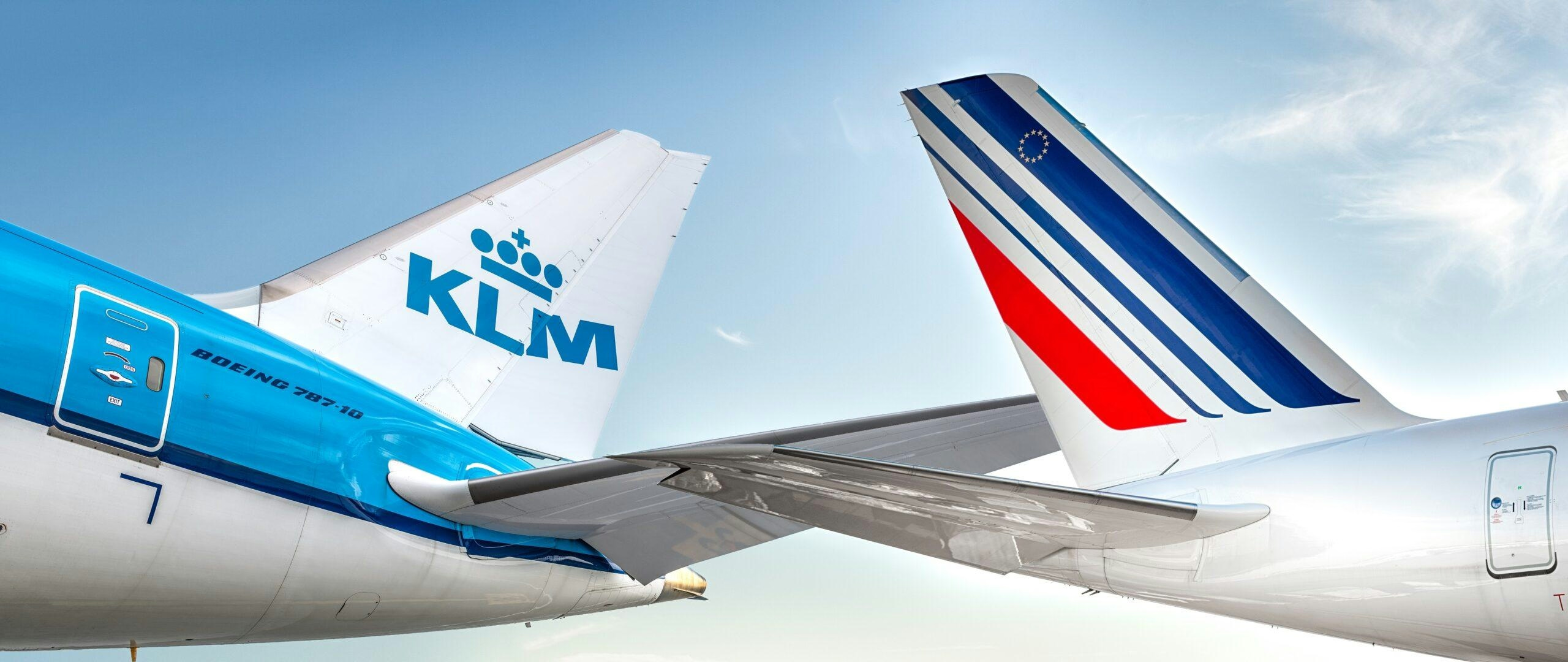
Air France-KLM cuts Airbus A350F freighter orders amid delays
Air France-KLM Reduces Airbus A350F Freighter Orders Amid Delays and Market Shifts
Air France-KLM Group has announced a reduction in its Airbus A350 freighter orders, scaling back its commitment from eight to six aircraft. This adjustment results from ongoing production delays and a strategic reassessment of the group’s cargo fleet. The revision reduces Martinair’s backlog by one A350F, leaving both Air France and Martinair with three A350Fs each, down from the initially planned four per carrier.
Strategic Reassessment in Response to Delays
The decision follows Airbus’s recent confirmation of delays in the A350F’s entry into service, prompting Air France-KLM to reevaluate its capital expenditure and operational priorities. The group indicated that the reduction aims to balance future investments with the need to maintain a flexible and efficient cargo operation. Despite the cutback, the A350Fs remain slated to replace Air France’s Boeing 777-200Fs and KLM/Martinair’s Boeing 747-400Fs eventually. To ensure continuity, current leases on existing freighters may be extended. At present, Air France-KLM Martinair Cargo operates a fleet comprising two Boeing 777Fs and four Boeing 747-400Fs.
Industry-Wide Repercussions and Market Context
This move aligns with a broader trend among airlines reassessing long-range aircraft commitments amid market uncertainties. Wizz Air recently reduced its Airbus A321XLR order, reflecting skepticism about the aircraft’s alignment with evolving business models. Similarly, Air Lease Corporation, the launch customer for the A350F, canceled all seven of its orders last month, citing delivery delays and heightened caution over large freighter investments amid uncertain tariff and trade conditions.
Industry analysts suggest that these developments may intensify competition, as rival carriers could leverage delays to negotiate more favorable terms with manufacturers or enhance their cargo capabilities. Air France-KLM’s order reduction may create opportunities for competitors to capture market share or reposition their fleets more aggressively.
Broader Strategic Implications for Air France-KLM
The group reaffirmed its commitment to a mixed cargo fleet strategy, combining dedicated freighters with bellyhold capacity on passenger flights. However, the order reduction, alongside recent strategic decisions—such as withdrawing from the Air Europa acquisition and focusing on premiumization—indicates a broader recalibration of Air France-KLM’s market approach. These shifts are likely to influence the group’s competitive positioning as it navigates a challenging environment characterized by shifting demand patterns, supply chain constraints, and evolving customer expectations.
As Air France-KLM adapts to these industry dynamics, its ability to balance operational requirements with strategic ambitions will remain under close scrutiny from investors and competitors alike.
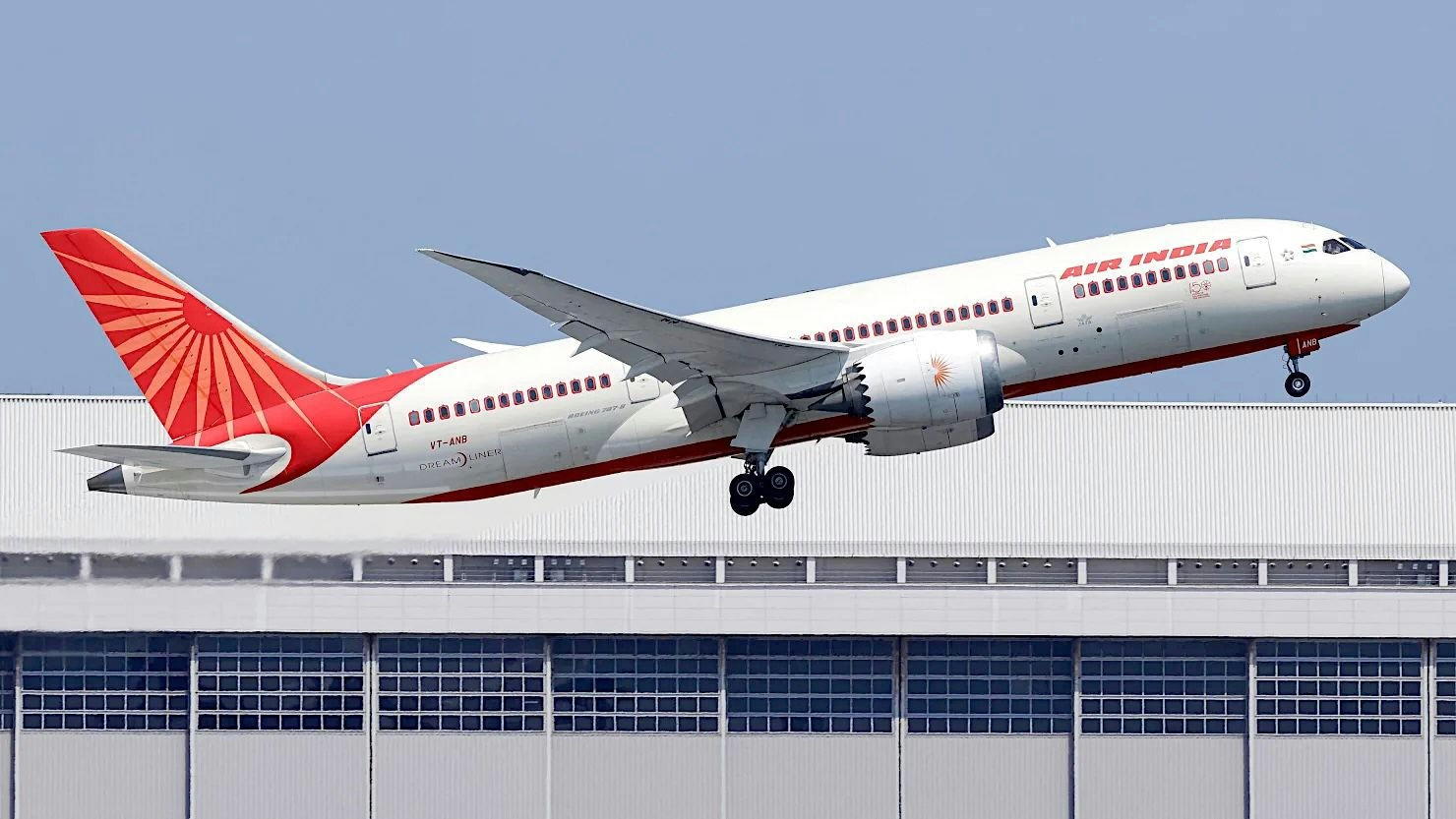
Aviation Expert: Boeing Dreamliner Software Reduced Fuel Use Twice Without Pilot Input
Aviation Expert Highlights Boeing Dreamliner Software’s Role in Fuel Cut Incidents
Aviation attorney and former US Department of Transportation Inspector General Mary Schiavo has cautioned against hastily attributing blame to pilots in the aftermath of the recent Air India crash. She underscored the significance of Boeing Dreamliner’s automated systems, which have been implicated in previous incidents involving unexpected fuel reductions without pilot intervention. Schiavo emphasized that the Boeing 787’s software is capable of independently cutting fuel to its engines, a factor that demands thorough investigation before fault is assigned.
Speaking to journalist Barkha Dutt, Schiavo noted that pilots are often blamed in approximately 75% of aviation incidents, yet many such accusations have been disproven. She described this tendency as not only unfair but overly simplistic and potentially harmful. “There are too many suspicious things to say, ‘Oh, it’s the pilots,’” she remarked, referencing earlier cases involving the same aircraft model where onboard systems autonomously reduced or cut fuel flow mid-flight.
Past Incidents and the TCMA System
Schiavo specifically cited a 2019 incident involving an All Nippon Airways (ANA) Boeing 787, where the aircraft’s system erroneously shut off fuel mid-air after mistakenly detecting that the plane had already landed. The software in question, known as the Thrust Control Malfunction Accommodation (TCMA) system, has been previously implicated in similar malfunctions. Designed to help the aircraft distinguish between flight and ground conditions, the TCMA can command the engines to reduce or cut power under certain circumstances. In the ANA case, the system’s premature fuel cutoff forced the plane to glide heavily to the runway. Fortunately, the incident occurred during landing rather than takeoff, preventing a crash.
Schiavo also referenced a more recent United Airlines Dreamliner flight from Washington, D.C., to Nigeria, where the aircraft reportedly entered a nose dive due to thrust and engine issues, again raising concerns about the behavior of automated systems.
Implications for Boeing and the Aviation Industry
The TCMA system, mandated by the US Federal Aviation Administration (FAA), lies at the heart of these concerns. Schiavo warned that errors by such automated protocols can have dire consequences, particularly during critical phases like takeoff when pilots have only seconds to react. These revelations come amid heightened scrutiny of Boeing, which is already grappling with a series of safety and production challenges.
The Air India crash has intensified regulatory and public attention, prompting increased inspections of Boeing 787 aircraft operated by Air India and causing flight delays and cancellations. The incident has also sparked broader questions regarding cockpit confusion, fuel management, and the reliability of automated systems, all of which are influencing perceptions of the Dreamliner’s safety.
Meanwhile, Boeing’s competitors are leveraging the situation to highlight their own advancements in software and integrated control technologies, positioning safety features as a key competitive advantage. As Boeing seeks to restore confidence in its flagship aircraft, experts like Schiavo stress the necessity of a comprehensive investigation that carefully weighs both human and technological factors before drawing conclusions.
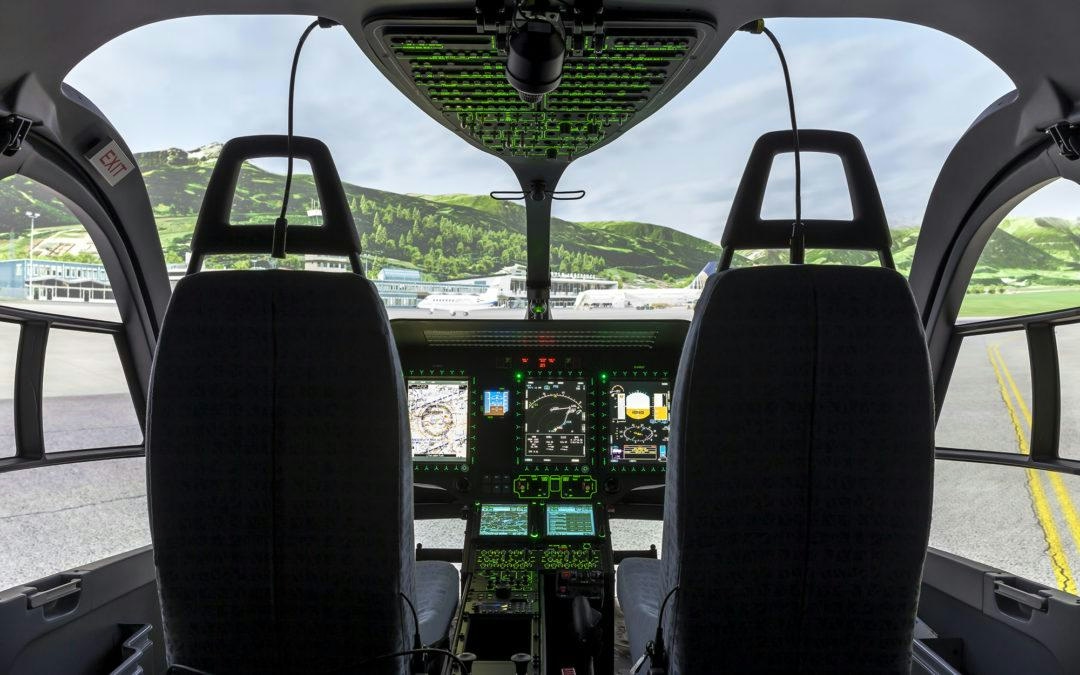
Reiser Simulation and Training Highlights Flight Safety Advances at Bavaria Research Airport
Reiser Simulation and Training Highlights Flight Safety Advances at Bavaria Research Airport
Advancing Aviation Safety Through Research Collaboration
Reiser Simulation and Training GmbH, a prominent German developer of advanced flight simulators, is playing a pivotal role in bridging the gap between academic research and industry innovation in aviation technology. The company is deeply engaged in several university-affiliated projects at the Aerospace Flight Test Center (AFTC) in Oberpfaffenhofen, demonstrating its commitment to enhancing flight safety and pilot training.
A central initiative for Reiser is Project EILT, conducted in partnership with Munich University of Applied Sciences. This project focuses on the calculation and visualization of air currents, a critical factor in executing complex helicopter landings on hospital rooftops and offshore platforms. The technology was recently showcased to State Secretary Tobias Gotthard, emphasizing its potential to improve real-time operational decision-making and safety in demanding flight environments.
The AFTC functions as a collaborative environment where university students, startups, and industry leaders converge to develop innovations in flight simulation, drone technology, and artificial intelligence applications in aviation. Reiser’s participation in Project EILT highlights its expertise in creating customized, mission-critical simulation solutions that address the evolving safety challenges faced by the aviation sector.
Market Dynamics and Industry Competition
Despite Reiser’s technological advancements, the company operates within a competitive landscape dominated by established firms such as FlightSafety International, which continues to report steady revenue growth and technological progress. While some industry stakeholders have welcomed Reiser’s innovative approach to flight safety training, others remain cautious about the cost-effectiveness of integrating new simulation technologies. This cautious reception reflects broader industry debates concerning the balance between innovation and operational efficiency.
In response to these developments, competitors are enhancing their own training programs, potentially intensifying competition within the aviation training market. As companies strive to establish new benchmarks in flight simulation and safety, the pace of technological advancement in the sector is expected to accelerate.
Strategic Positioning and Future Prospects
Headquartered in Berg, Germany, Reiser Simulation and Training specializes in high-end simulation systems for both civil and military aviation. Its product portfolio includes full-flight simulators, flight training devices, and bespoke training environments compliant with EASA and ICAO standards. The company’s ongoing collaborations with universities and research institutions represent a strategic investment in nurturing the next generation of aviation professionals.
As the aviation industry continues to evolve, Reiser’s integration of cutting-edge research with practical training solutions positions it as a significant contributor to the future of flight safety, navigating both the opportunities and challenges presented by a rapidly changing market.

Portuguese President Approves TAP Privatization
Portuguese President Endorses TAP Air Portugal Privatization
Portuguese President Marcelo Rebelo de Sousa has formally approved a government decree authorizing the privatization of TAP Air Portugal, marking a pivotal development in the future of the national carrier. The legislation sets a clear timeline for the process: interested investors will have 60 days to prequalify, followed by a 90-day period to submit non-binding proposals to acquire up to a 44.9% stake in the airline.
Background and Investor Interest
This move follows a previous attempt to sell a majority stake of at least 51% in TAP, which President de Sousa vetoed in October 2023 due to concerns over transparency and the state’s capacity to maintain oversight of a company considered strategically important for Portugal. After the national elections in May 2025, the newly formed government reaffirmed its commitment to privatization, opting instead to offer a minority share. The president’s approval came after government officials provided assurances regarding the terms of the sale and the mechanisms that would ensure continued state oversight.
Several major European airline groups, including Lufthansa Group, Air France-KLM, and IAG International Airlines Group, have already expressed interest in becoming shareholders. Their involvement signals significant international attention and potential shifts in the competitive landscape of the region’s aviation sector.
Challenges and Market Implications
The privatization process is expected to encounter several challenges. Navigating the complex regulatory environment of the airline industry and managing the transition from public to private ownership will require careful coordination. Furthermore, the government and TAP’s management must address concerns among employees about job security and working conditions during this period of change.
Market reactions will likely depend on investor confidence in the new ownership structure and the strategic direction adopted by TAP. Competitors may respond by adjusting their operational strategies, including pricing and efforts to protect or expand their market share in the region.
As the privatization unfolds, attention will focus on how effectively the government manages these complexities and how the market and TAP’s workforce respond to the evolving situation.

US-EU Trade Deal Excludes Tariffs on Aviation Industry
US-EU Trade Deal Excludes Tariffs on Aviation Industry
In late July, the United States and the European Union finalized a pivotal trade agreement that notably excludes the aviation industry from new tariffs. Announced on July 27 by U.S. President Donald Trump and European Commission President Ursula von der Leyen, the accord guarantees that aircraft and aircraft parts traded between the two economic powers will remain tariff-free. This exemption offers crucial relief to manufacturers and airlines on both sides of the Atlantic, preserving the stability of a sector integral to transatlantic commerce.
Industry Response and Economic Implications
The aviation sector welcomed the agreement with broad approval. James Viola, President and CEO of the General Aviation Manufacturers Association, alongside Ed Bolen, President and CEO of the National Business Aviation Association, commended the decision to protect the aviation supply chain from tariff impositions. Major industry players such as Airlines for America and Delta Air Lines expressed optimism that the deal would help stabilize operational costs and foster growth within the sector.
Prior to the agreement, concerns had mounted over the potential impact of a proposed 15% tariff on European imports to the U.S., which threatened to increase production costs and disrupt the complex supply chains underpinning aircraft manufacturing and airline operations. By averting these tariffs, the deal aligns with longstanding international efforts to maintain a tariff-free environment for civil aviation products. This approach mirrors existing arrangements, such as the Agreement on Trade in Civil Aircraft, under which Brazilian aerospace company Embraer has benefited from zero tariffs since 1980 and is currently negotiating to preserve this status.
Broader Trade Provisions and Strategic Significance
Beyond the aviation sector, the U.S.-EU trade agreement encompasses wider economic commitments. The European Union has pledged to invest $600 billion in the United States, while most European imports will now be subject to a 15% tariff. However, certain categories—including natural resources, specific chemicals, and agricultural products—will continue to enjoy zero tariffs. The timing of the agreement was critical, concluding just before August 1, when the Trump administration implemented tariffs on numerous countries, marking what was termed “Liberation Day.” These tariffs represent increases of up to 50% on some goods entering the U.S. market.
European Commission President Ursula von der Leyen underscored the magnitude of the deal, emphasizing the economic weight of the partnership: “This is a deal between the two largest economies in the world. We trade USD 1.7 trillion per year. Together, we are a market of 800 million people. And we are nearly 44% of global GDP.”
By excluding the aviation industry from new tariffs, the U.S.-EU trade deal is poised to deliver substantial benefits to airlines and manufacturers alike, ensuring continued stability and growth in a sector vital to both economies.
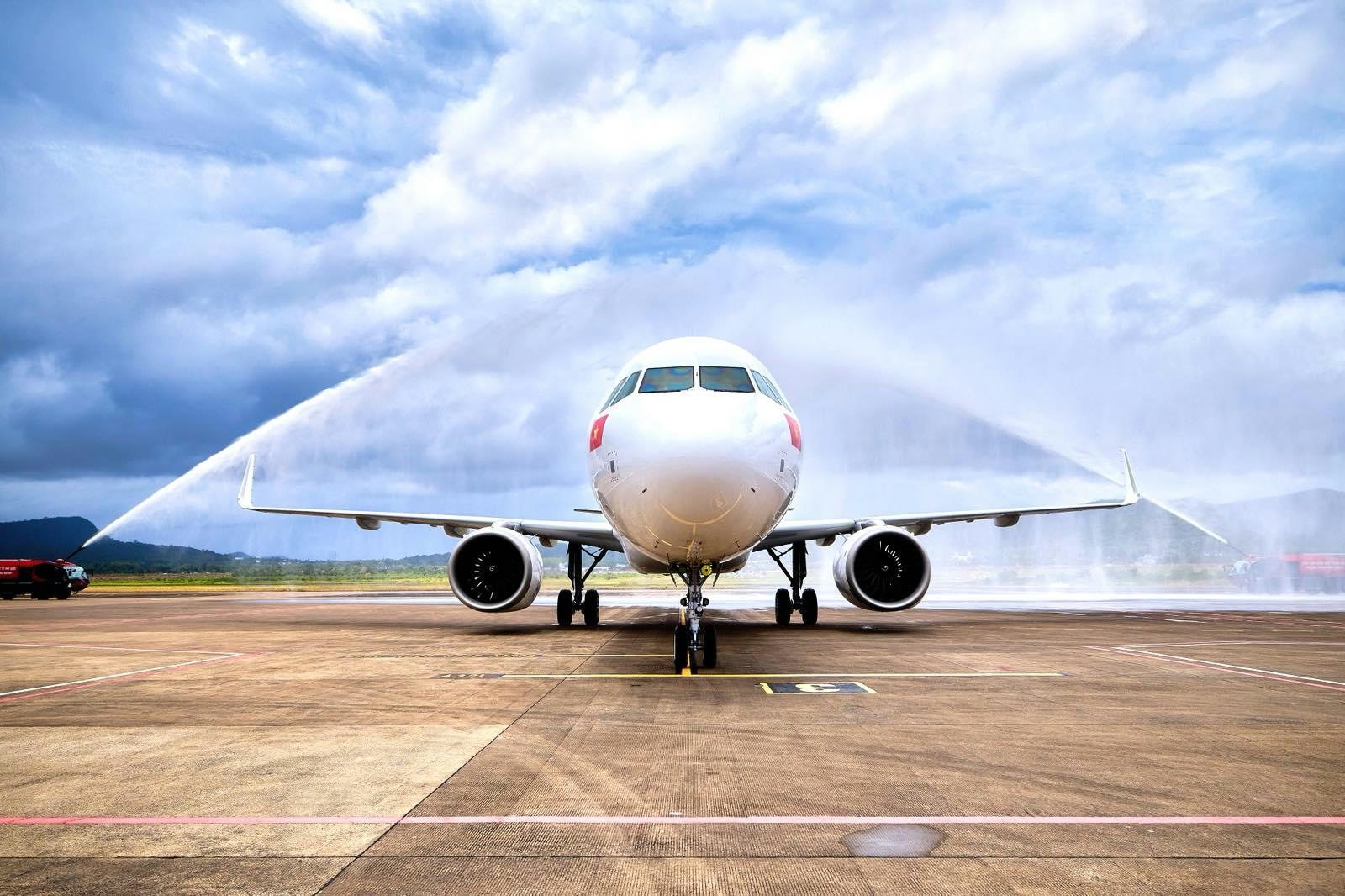
Vietnam’s Sun Air Phu Quoc Receives First A321neo
Vietnam’s Sun Air Phu Quoc Receives First A321neo Amid Competitive and Regulatory Challenges
Sun Phu Quoc Airlines (SPQ) has marked a significant milestone with the delivery of its first aircraft, an Airbus A321-200NX, as the start-up advances toward obtaining its air operator's certificate (AOC) in preparation for a planned launch later this year. The aircraft, registered as VN-A281 (msn 12578) and leased from AerCap, was ferried from Hamburg Finkenwerder via Samarkand to Haikou for final pre-delivery maintenance on July 26-27, 2025. Flight tracking data indicates that the jet was subsequently repositioned to Phu Quoc and then to Hanoi Noi Bai International Airport on August 10, already adorned with the airline’s full livery.
This delivery represents the first of eight aircraft Sun Phu Quoc Airlines intends to incorporate into its fleet by the end of 2025, with ambitions to expand to 31 aircraft by 2030. Supported by Sun Group, a prominent hospitality and real estate conglomerate, the airline aims to establish strong connectivity between Phu Quoc—one of Vietnam’s leading leisure destinations—and key domestic and regional cities. The company is targeting a commercial launch in the fourth quarter of 2025.
Strategic Growth Amid Regulatory and Market Pressures
In conjunction with the arrival of its inaugural A321-200NX, Sun Phu Quoc Airlines has secured a financing agreement with Vietcombank, obtaining a credit facility to support the acquisition of ten additional A320-200N and A321-200NX aircraft. This move underscores the airline’s aggressive growth strategy as it seeks to rapidly build its operational capacity.
However, the airline’s entry into Vietnam’s aviation sector occurs within a complex regulatory framework. Industry analysts highlight that while the Vietnamese market holds considerable untapped potential, new entrants face stringent compliance demands, including evolving privacy regulations. These regulatory challenges may complicate the process of finalizing the AOC and commencing operations.
Simultaneously, market dynamics are intensifying as established carriers such as Vietjet aggressively expand their international networks, exploring new routes to Europe and securing substantial aircraft orders. This heightened competition is likely to influence market conditions and increase pressure on emerging players like Sun Phu Quoc Airlines as they strive to establish a foothold both domestically and regionally.
Despite these hurdles, Sun Phu Quoc Airlines remains committed to enhancing connectivity to Phu Quoc and leveraging the island’s growing appeal as a premier leisure destination. The successful delivery of its first A321neo signals the start-up’s determination to become a significant contributor to Vietnam’s evolving aviation landscape.
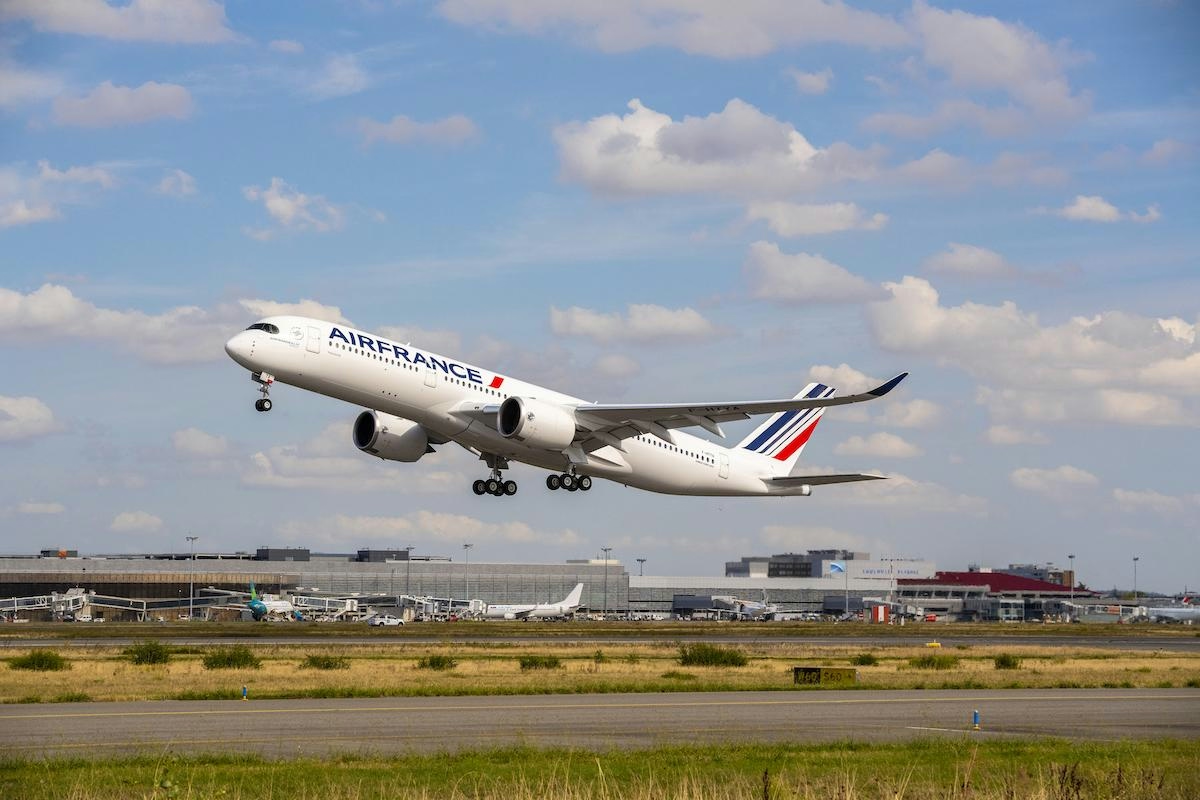
Air France-KLM Reduces Airbus A350-1000 Orders, Increases A350-900 Purchases
Air France-KLM Revises Airbus A350 Orders, Prioritizes A350-900 Over A350-1000
Air France-KLM is adjusting its widebody fleet strategy by converting a significant portion of its Airbus A350-1000 orders to the smaller A350-900 model, according to the latest data from Airbus’ order backlog. Initially, the Franco-Dutch airline group placed an order in 2023 for 50 A350 aircraft, consisting of 39 A350-900s and 11 A350-1000s. The recent revision involves converting eight of the A350-1000 orders into A350-900s. This strategic shift, first reported by FlightGlobal, comes two years after the original purchase and reflects a broader industry trend favoring more efficient and flexible aircraft.
Strategic Shift Toward Efficiency and Range
Air France-KLM’s decision highlights a preference for smaller-capacity aircraft with extended range capabilities. The A350-900 typically accommodates between 332 and 352 passengers in a three-class configuration and can operate nonstop for up to 9,700 nautical miles (18,000 kilometers). This makes it well-suited for a diverse range of routes, from short-haul to ultra-long-haul. In comparison, the larger A350-1000 seats between 375 and 400 passengers and offers approximately 40% more premium seating, but with a slightly reduced maximum range of 8,000 nautical miles.
Currently, Air France operates a fleet of 39 A350-900s, with an average aircraft age of 2.8 years. These aircraft are configured to carry 324 passengers, divided into 34 business class, 24 premium economy, and 266 economy seats. In preparation for KLM’s planned introduction of the A350 between 2026 and 2027, KLM pilots are undergoing training on Air France’s A350s as part of a pilot-sharing arrangement within the group.
Fleet Renewal and Environmental Objectives
The incoming A350s are intended to replace aging Airbus A330s and Boeing 777s across both Air France and KLM. Air France’s current widebody fleet includes 10 A330-200s with an average age of 22.6 years, alongside 62 Boeing 777s. KLM operates 11 A330s and 31 Boeing 777s. Benjamin Smith, CEO of Air France-KLM, has emphasized the A350’s advantages, including quieter operation, enhanced fuel efficiency, and lower operating costs compared to previous-generation aircraft. These attributes align with the group’s environmental commitments and economic goals.
Industry Implications and Market Response
Air France-KLM’s move away from the larger A350-1000 model may pose challenges for Airbus’s supply chain and could lead to discussions regarding production adjustments. The decision is likely to attract attention from industry analysts, as it signals a strategic pivot toward more versatile and efficient aircraft amid evolving market dynamics. Competitors such as Lufthansa and International Airlines Group (IAG) may reevaluate their own long-range fleet strategies in response, potentially influencing broader trends in aircraft procurement.
This development also raises important questions about the future viability of ultra-long-haul flights and the economic sustainability of larger aircraft in a market increasingly focused on operational flexibility and efficiency. Airlines continue to balance capacity and range considerations as they adapt to shifting passenger demand and operational realities.
Airbus Deliveries and Market Demand
Despite these shifts in airline preferences, Airbus reported delivering 67 aircraft to 41 customers in July 2025, underscoring sustained demand for new-generation widebody aircraft. Air France-KLM has yet to provide an official comment regarding the recent changes to its A350 order book.
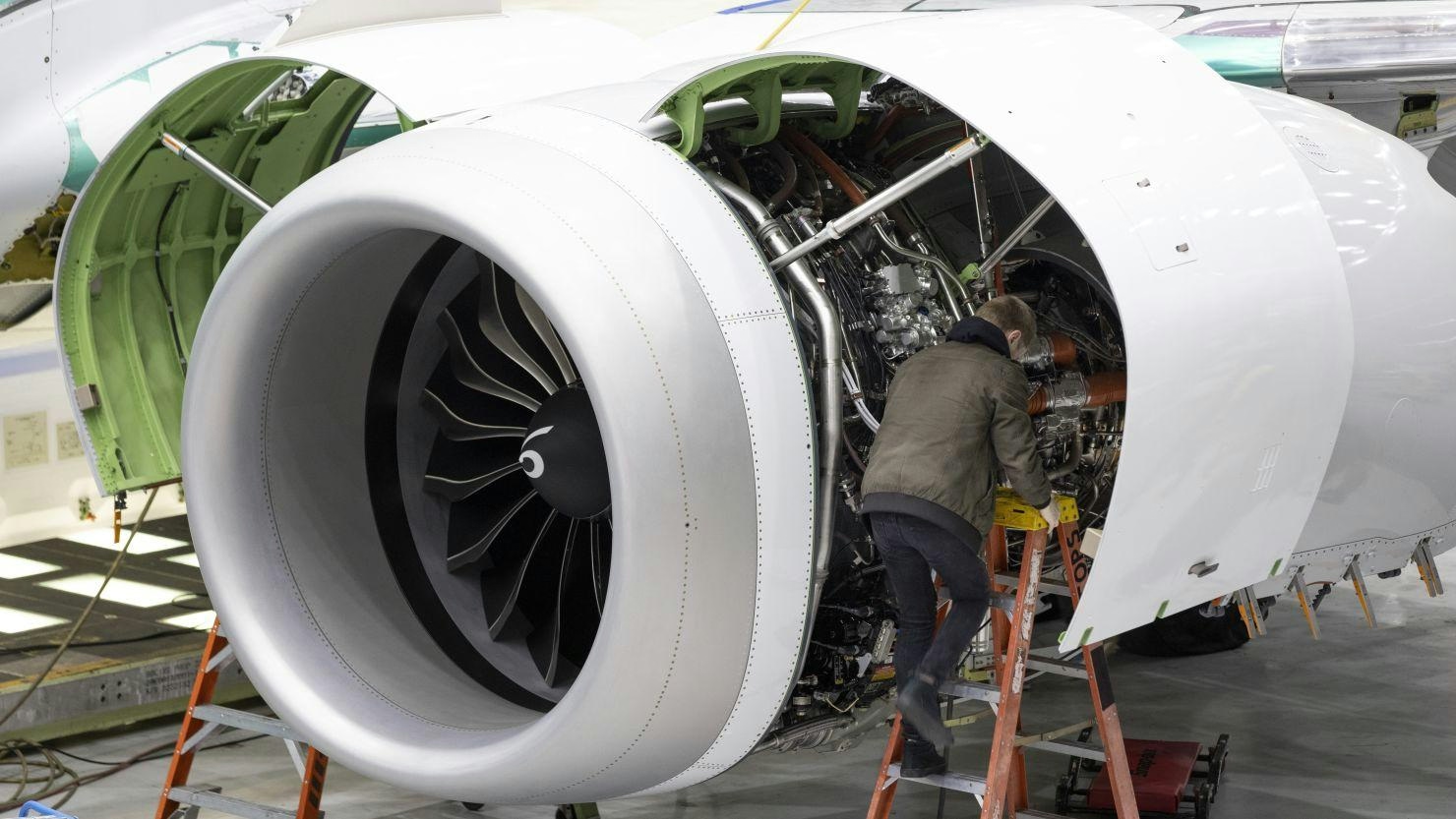
Why Boeing Equipped the 787 with Two Engine Options
Why Boeing Equipped the 787 with Two Engine Options
Boeing’s decision to offer the 787 Dreamliner with two distinct engine choices—the General Electric GEnx-1B and the Rolls-Royce Trent 1000—stands as one of the program’s most significant strategic moves. This dual-engine approach was designed to address a complex array of factors that directly influence an airline’s operational efficiency and profitability, including fuel efficiency, reliability, maintenance cycles, noise levels, ETOPS (Extended-range Twin-engine Operational Performance Standards) clearance, and fleet commonality.
Strategic Rationale Behind Dual Engine Certification
The primary motivation behind certifying the 787 with both the GEnx-1B and Trent 1000 engines was to maximize market appeal while minimizing development risk. By providing airlines with the option to select an engine that best suited their specific operational priorities—whether that be fuel consumption, maintenance schedules, noise reduction, or compatibility with existing fleets—Boeing enhanced the aircraft’s versatility. This strategy also distributed technical and supply-chain risks across two manufacturers, reducing reliance on a single supplier and strengthening the negotiating position of airlines and leasing companies.
The 787 Dreamliner itself represented a major technological leap, incorporating innovations such as a composite fuselage, bleed-less electrical systems, advanced fly-by-wire controls, and significant improvements in fuel efficiency compared to previous widebody aircraft. However, these advancements introduced considerable development challenges, particularly in integrating entirely new engine designs. Offering two engine options was a calculated measure to mitigate these risks while expanding the aircraft’s appeal across diverse airline requirements.
Operational and Financial Considerations Influencing Engine Choice
Airlines’ decisions between the GEnx-1B and Trent 1000 engines are influenced by a complex matrix of operational and financial factors. Fuel efficiency remains paramount, as even marginal improvements in fuel burn can yield substantial cost savings over an aircraft’s operational lifespan. The GEnx engine is noted for its composite fan case and swept titanium blades, which contribute to durability and extended on-wing intervals. Conversely, the Trent 1000’s three-shaft architecture is valued for its smooth power delivery and quieter operation.
Fleet commonality also plays a critical role, with carriers often favoring engines that align with their existing GE or Rolls-Royce fleets to streamline pilot training and maintenance tooling. Additionally, environmental and regulatory considerations, such as noise restrictions and emissions standards, influence engine selection, particularly for airlines operating in jurisdictions with stringent environmental policies.
Challenges and Industry Implications
Despite the advantages of the dual-engine strategy, the approach has not been without challenges. High-profile incidents, including the Air India crash, have raised concerns regarding cockpit management and fuel system complexities associated with operating different engine types. Engine failures, such as the emergency landing experienced by United Airlines, have intensified scrutiny of Boeing’s engineering decisions and affected market confidence. These events have also influenced insurance costs and prompted airlines to reevaluate operational risks.
In response, competitors have refined their aircraft designs to address similar vulnerabilities, underscoring the competitive pressures within the industry to balance innovation with reliability and safety. Boeing’s dual-engine approach on the 787 has not only shaped the aircraft’s own trajectory but has also set new standards for flexibility and choice in the global aviation market, reflecting a nuanced approach to aerospace risk management that aligns advanced technology with diverse operator needs.
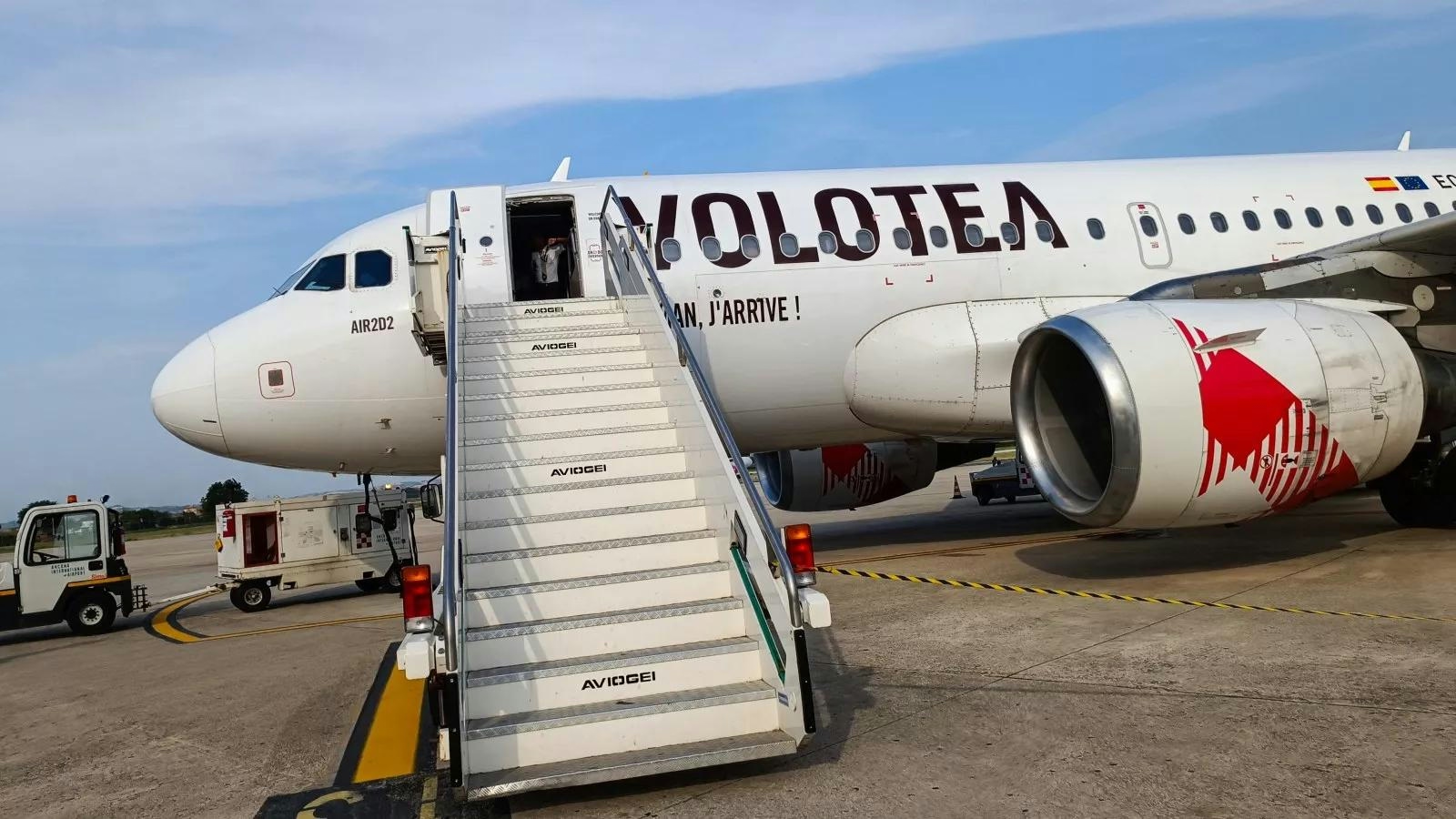
Investigation Launched into Fatal Injury Caused by Volotea A319 Engine at Milan Bergamo Airport
Investigation Launched into Fatal Injury Caused by Volotea A319 Engine at Milan Bergamo Airport
A tragic accident at Milan Bergamo Airport has resulted in the death of a ground worker after being struck by the engine of a Volotea Airbus A319 during taxiing operations. The incident occurred as the aircraft was maneuvering along a taxiway in preparation for departure. Italian authorities have initiated a formal investigation to establish the exact circumstances surrounding the fatality.
Details of the Incident
The accident took place at Milan Bergamo Airport, a key hub for low-cost carriers in northern Italy. The Volotea Airbus A319 involved, a narrow-body aircraft typically deployed on short- and medium-haul routes, was not carrying passengers at the time of the incident. Preliminary reports indicate that the victim, whose identity has not been disclosed, was working in close proximity to the aircraft’s engine when the accident occurred. The flight crew onboard the aircraft were unharmed.
Investigators are currently examining whether the engine was operating at high thrust during the incident and if all standard safety protocols were properly observed. The precise sequence of events remains under review as authorities gather further evidence.
Investigation and Regulatory Response
Italy’s Civil Aviation Authority (ENAC) has launched a comprehensive inquiry focusing on airport safety procedures and the aircraft’s taxiing operations. The investigation seeks full cooperation from Volotea, airport management, and ground personnel to clarify the factors that contributed to the fatal accident.
The inquiry will evaluate whether established safety measures were adhered to and if any technical or procedural lapses played a role. The findings are anticipated to influence future safety protocols and may have wider implications for ground operations across Italian airports.
Airport and Airline Statements
Both Milan Bergamo Airport and Volotea have expressed their condolences to the family of the deceased and have pledged full cooperation with the ongoing investigation. Airport officials confirmed that the accident occurred during routine taxiing and noted that overall airport operations were not significantly disrupted. They also emphasized their commitment to reviewing and enhancing safety protocols to prevent similar incidents in the future.
A spokesperson for Volotea stated, “We are deeply saddened by this tragedy and are fully cooperating with the authorities to understand the cause of this incident. Our thoughts are with the family of the individual involved, and we are committed to supporting the investigation process in any way possible.”
Broader Implications for Volotea and the Industry
This incident places Volotea under heightened regulatory scrutiny and may expose the airline to compensation claims as well as reputational challenges. Should Volotea be publicly traded, market reactions could include fluctuations in its stock price. Competitors within the industry may respond by reinforcing their own safety measures and issuing public reassurances to maintain customer confidence.
The tragedy highlights the critical importance of strict adherence to ground safety protocols, particularly in the vicinity of active aircraft engines. Modern jet engines, such as those fitted on the Airbus A319, present significant hazards if safety procedures are not rigorously enforced. The ongoing investigation will be closely monitored by industry stakeholders and the public alike.
For further updates, official statements from Volotea and Italian aviation authorities should be consulted.
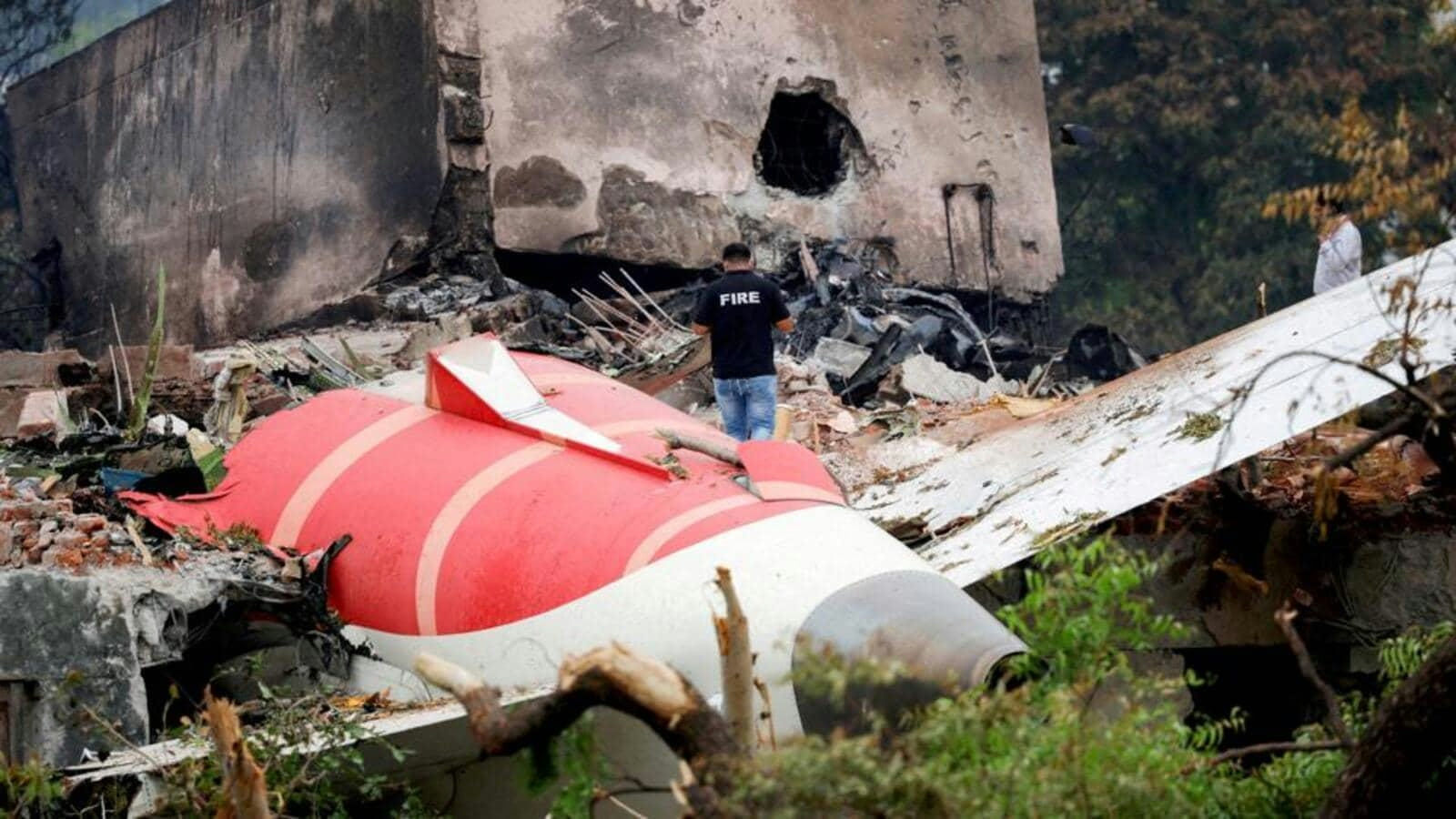
US Aviation Lawyer Requests AI 171 Data
US Aviation Lawyer Seeks Access to AI 171 Flight Data Amid Legal and Regulatory Challenges
Advocacy for Victims’ Families
In Ahmedabad, Mike Andrews, a US aviation lawyer from the Beasley Allen Law Firm, has intensified efforts to obtain critical flight data related to the AI171 crash. Representing more than 70 families—primarily from Gujarat and some from the United Kingdom—Andrews met with victims’ relatives in Diu and Ahmedabad on Sunday. His objective is to secure access to cockpit recordings and black box data, which he believes are essential for providing closure to the families and ensuring accountability for the tragedy.
Drawing on his experience representing families affected by the 2019 Ethiopian Airlines Boeing 737 MAX 8 disaster, Andrews emphasized the importance of understanding the precise sequence of events that led to the AI171 crash. “We are seeking the cockpit and black box data to understand what happened during the flight—what caused it, at what point the problems started, whether it was the aircraft, pilots, or maintenance. So many things could have gone wrong,” he explained.
Technical Complexities and Investigative Focus
Andrews highlighted the technical intricacies of the Boeing 787, describing it as “one of the most complicated, complex, electrically driven flying computers.” He drew parallels to the 2019 crash, where a malfunction in the throttle control system resulted in dual-engine failure, noting the need to determine if similar computer-driven decisions contributed to the AI171 incident.
A particular area of concern is the potential impact of moisture or water on the aircraft’s electronic systems. Andrews pointed out that moisture-induced short circuits could disrupt flight operations, including engine shutdowns. Referencing media reports suggesting the possible deactivation of the fuel switch, he stressed that the flight data would be crucial in clarifying these issues.
Legal and Regulatory Obstacles
Despite the urgency, Andrews’ request for access to the AI171 flight data faces significant hurdles. Jurisdictional complexities, data privacy regulations, and the necessity of cooperation from Indian authorities pose challenges to obtaining the information. The Aircraft Accident Investigation Bureau (AAIB) of India has urged patience as the investigation continues, signaling a cautious approach that may delay the release of data. These developments have sparked broader discussions about data transparency and aviation safety protocols, with industry stakeholders advocating for enhanced data protection and stricter safety measures.
Andrews indicated that his team is pursuing multiple channels to acquire the data. “We will first approach Air India for the data. Approaching the judiciary and authorities will be the later option,” he said. The ongoing investigation and associated legal complexities are likely to influence market perceptions of the airlines and legal entities involved.
Engagement with Survivors and Families
During his visit to Diu, Andrews met with Vishwaskumar Ramesh, the sole survivor of the crash, at his home. “We were approached by community leaders who asked us to meet Ramesh, as he does not meet or talk to anyone. It was a moving experience,” Andrews remarked, clarifying that the meeting was intended as a gesture of support rather than a legal engagement.
Andrews also visited the crash site in Meghaninagar in July and continues to engage with families affected by the tragedy. While some have received compensation, many are still awaiting resolution. “They deserve closure,” he affirmed, underscoring the ongoing quest for answers and justice.
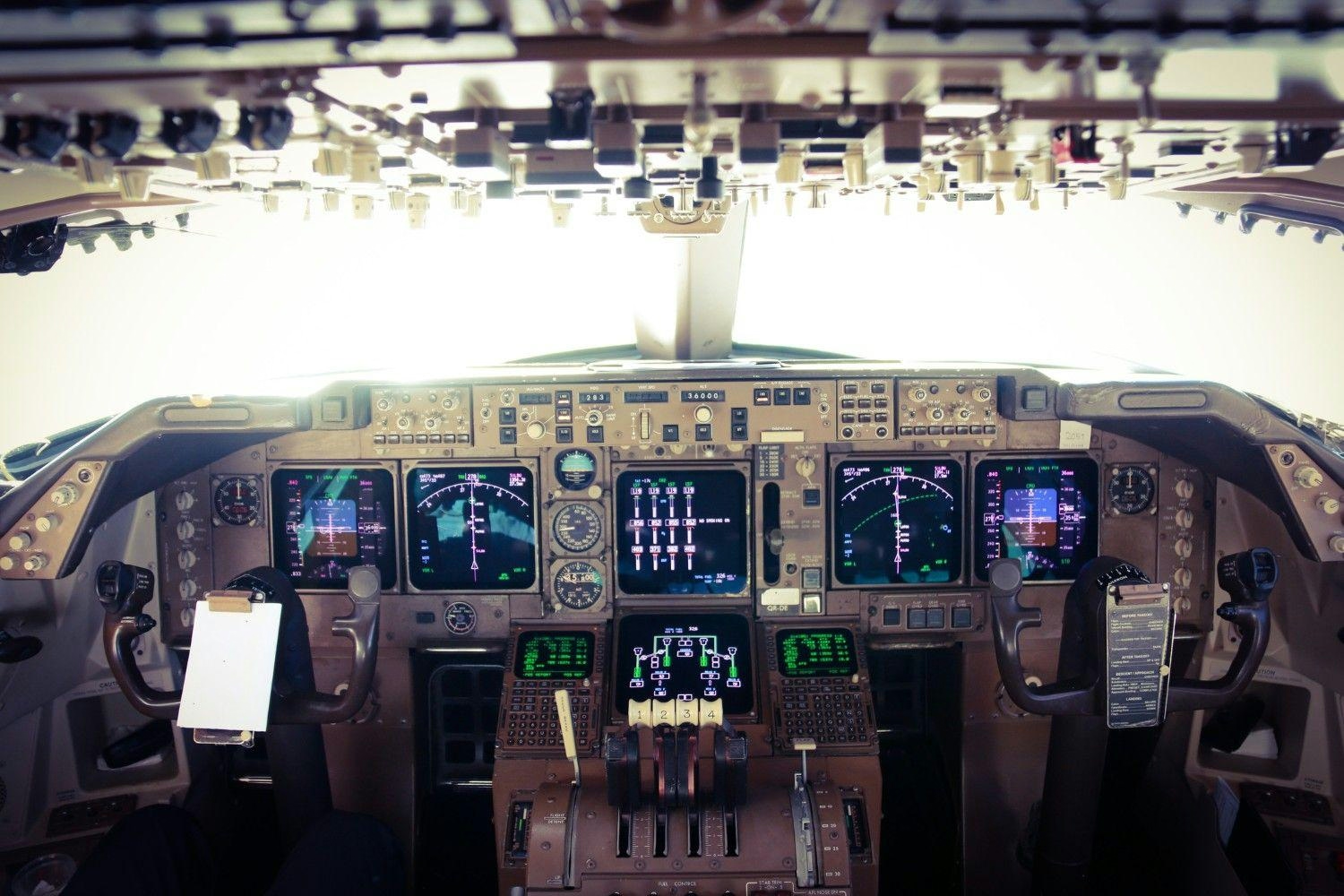
Air India Engine Shutdown: Pilots’ Body Explains FADEC Fuel Cut-Off Theory
Air India Engine Shutdown: Pilots’ Body Highlights FADEC Fuel Cut-Off Theory
Emerging Theories on Engine Failure
The Aircraft Accident Investigation Bureau (AAIB) has suggested that a possible fuel switch error may have caused the catastrophic engine failure on Air India Flight 171. However, new perspectives are focusing on the aircraft’s advanced electronic systems, particularly the Full Authority Digital Engine Control (FADEC), as a potential factor in the incident. Preliminary reports indicate that the crash was initiated by the sudden movement of fuel-control switches to the "cut-off" position, which resulted in both engines being starved of fuel. Cockpit voice recordings reveal that the captain may have cut the fuel flow while the first officer was at the controls. Despite these findings, the Federation of Indian Pilots (FIP) has urged caution against attributing blame to the crew based on early assumptions, emphasizing the need to consider all possible technical causes.
The Role of FADEC and Related Systems
At the heart of the latest theory is the FADEC system, often described as the "brain" of modern aircraft such as the Boeing 787. FADEC is responsible for monitoring and managing critical engine functions, including fuel flow and engine speed, and it has the capability to override pilot commands based on sensor inputs. This system operates in conjunction with the Electronic Engine Controller (EEC) and the Thrust Control Malfunction Accommodation (TCMA) systems. The FIP has raised concerns that a malfunction within these interconnected systems—potentially triggered by faulty sensor data—could have caused FADEC to shut down both engines without any manual input from the crew. This possibility challenges the initial narrative by suggesting that the engine failure may have led to an automatic movement of the fuel switches to the cut-off position, rather than a manual error by the pilots.
Expert Insights and Calls for Thorough Investigation
Aviation attorney Mary Schiavo, speaking to FinancialExpress.com, underscored concerns regarding the TCMA system, which informs FADEC whether the aircraft is on the ground or airborne. She referenced previous incidents, including a 2019 All Nippon Airways (ANA) Boeing 787 flight where FADEC triggered a dual engine shutdown due to erroneous sensor input. Schiavo also mentioned an ongoing investigation into a 2025 United Airlines 787 incident involving uncommanded dives, believed to be linked to software or computer malfunctions. In light of these concerns, the FIP has called for a comprehensive reassessment of the roles played by FADEC, EEC, and TCMA malfunctions in the Air India crash. The pilots’ association is urging investigators to meticulously analyze data from the Flight Data Recorder (FDR), Cockpit Voice Recorder (CVR), and relevant Boeing service bulletins before reaching any conclusions.
In response to the preliminary findings, India’s aviation regulator has mandated inspections of Boeing fuel switches across airline fleets. Meanwhile, families of the victims continue to seek detailed answers as the investigation unfolds. The FIP stresses the importance of a thorough and impartial inquiry, cautioning against premature judgments regarding crew actions until all technical possibilities have been fully examined.
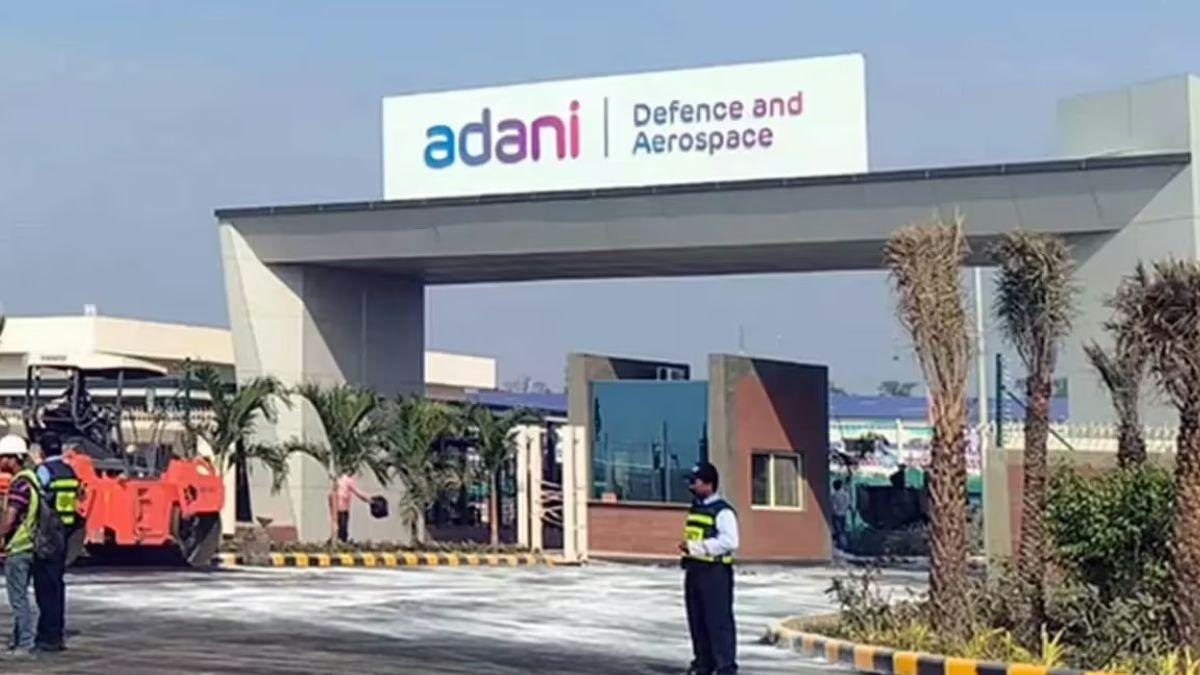
Adani Defence & Aerospace to Acquire Indamer Technics Through Horizon Aero
Adani Defence & Aerospace to Acquire Indamer Technics Through Horizon Aero
Adani Defence & Aerospace, in collaboration with Prime Aero, has entered into a definitive agreement to acquire a 100% stake in Indamer Technics Private Limited (ITPL), a prominent private-sector aircraft maintenance, repair, and overhaul (MRO) company in India. The acquisition will be executed via Horizon Aero Solutions Limited, a joint venture equally owned by Adani Defence & Aerospace and Prime Aero, the latter being led by Prajay Patel, Director of Indamer Technics.
Expansion in the Aviation MRO Sector
This acquisition represents a strategic expansion of Adani’s footprint in the aviation MRO industry. ITPL operates a state-of-the-art greenfield facility located within Nagpur’s MIHAN special economic zone, covering 30 acres and equipped with 15 aircraft bays distributed across 10 hangars. The company holds certifications from the Directorate General of Civil Aviation (DGCA), the US Federal Aviation Administration (FAA), and other international regulatory bodies. Its service portfolio includes lease return inspections, heavy C-checks, structural repairs, and aircraft painting, positioning it as a comprehensive service provider in the sector.
Jeet Adani, Director at Adani Airports, emphasized the timing of the acquisition, noting the anticipated addition of over 1,500 new aircraft to India’s domestic fleets in the near future. The transaction aims to harness synergies between ITPL and Air Works, another aviation enterprise under the Adani umbrella, to deliver integrated solutions catering to both commercial and defence aviation markets.
Challenges and Competitive Dynamics
Despite the promising outlook, the acquisition faces potential challenges. Regulatory approvals remain a critical hurdle, with Adani Defence & Aerospace expected to undergo thorough scrutiny before finalizing the transaction. Additionally, the integration of ITPL’s operations with existing business units may involve complex operational adjustments. Industry analysts have highlighted the possibility of initial skepticism due to the deal’s scale and complexity, as well as the risk of short-term disruptions during the integration phase.
The competitive environment within the MRO sector is intensifying. Established players such as SR Technics and FL Technics have recently expanded their service agreements and partnerships, reflecting a dynamic and increasingly competitive market landscape. These competitors may respond to Adani’s acquisition by forging new alliances or enhancing their service capabilities to maintain or increase their market share.
Market Response and Outlook
The announcement was met with a positive market reaction, as shares of Adani Enterprises closed nearly 5% higher on the Bombay Stock Exchange on Monday, August 11. As the acquisition process unfolds, industry observers will closely monitor how Adani Defence & Aerospace addresses regulatory, operational, and competitive challenges in its effort to consolidate its position within India’s rapidly expanding aviation sector.
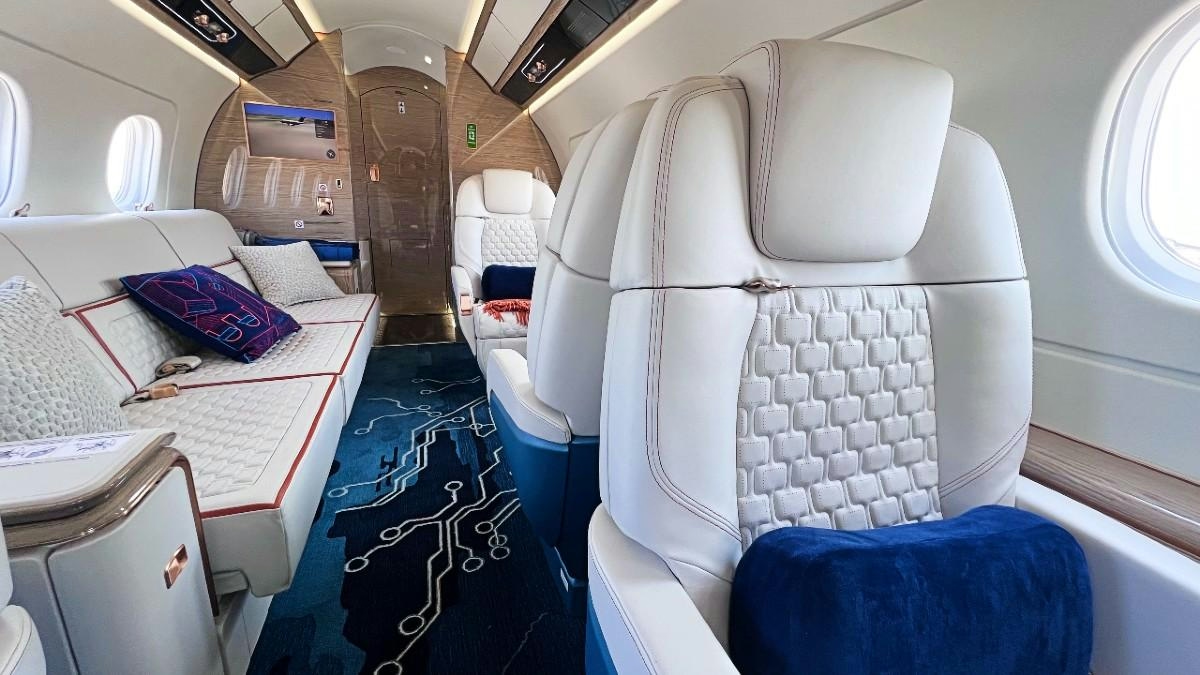
Embraer Adds Starlink as Aftermarket Option for Praetor Jets
Embraer Integrates Starlink as Aftermarket Connectivity Option for Praetor Jets
Embraer has announced the introduction of Starlink satellite internet as an aftermarket connectivity solution for its Praetor 600, Praetor 500, Legacy 500, and Legacy 450 business jets. This upgrade will be made available through a Supplemental Type Certificate (STC) developed in collaboration with Nextant Aerospace, the engineering division of Flexjet.
Certification and Deployment Timeline
The Federal Aviation Administration (FAA) has already approved the installation of Starlink for the Praetor 500 and Legacy 450 fleets. Certification for the Praetor 600 and Legacy 500 models is anticipated by the third quarter of 2025. Subsequent regulatory approvals are expected from Brazil’s National Civil Aviation Agency (ANAC) in the fourth quarter of 2025 and from the European Union Aviation Safety Agency (EASA) in early 2026.
Starlink, operated by SpaceX, provides high-speed, low-latency internet connectivity through a constellation of Low Earth Orbit (LEO) satellites. This technology enables reliable internet access even in remote regions and over oceans, with latency below 99 milliseconds. Such performance supports bandwidth-intensive applications including 4K video conferencing, online gaming, virtual private network (VPN) access, and other real-time activities for passengers onboard.
Industry Perspectives and Strategic Partnerships
Marsha Woelber, Vice President of Customer Support and Aftermarket Sales for Embraer Executive Jets, emphasized the significance of this development, stating, “We’re excited to bring Starlink’s cutting-edge, high-speed internet to our customers. This builds on our ongoing efforts, strengthening our commitment to seamless, connected flight experiences around the world.”
Jay Heublein, president of Flexjet’s Technical Services division, highlighted Starlink’s established presence in business aviation, noting, “With more than a year of operational experience and hundreds of kits sold to the business aviation fleet, Starlink has firmly established itself as the preeminent solution for in-flight connectivity. The Praetor is one of the most technologically advanced business jets in its category, and the addition of Starlink ensures that passengers will have a seamless connectivity experience.”
Flexjet, the largest operator of Praetor jets globally, plans to equip its entire Praetor fleet with Starlink. Both Embraer and Flexjet are also collaborating on a Starlink STC for the Phenom 300 jets, targeting availability in the fourth quarter of 2025.
Market Implications and Technical Challenges
The integration of Starlink comes amid growing demand for advanced in-flight connectivity among business travelers. Industry analysts predict that this enhancement will increase interest in Embraer’s jets, potentially prompting competitors such as Gulfstream and Bombardier to accelerate improvements to their own connectivity offerings. However, the integration process presents technical challenges, as Embraer must ensure that the Starlink system does not adversely affect aircraft performance or reliability. Additionally, concerns regarding the security of Starlink technology—highlighted by recent research from China—may invite further regulatory scrutiny and influence customer perceptions.
Expansion of Embraer’s Service Network in Latin America
In a related development, Embraer has expanded its Authorized Service Center Network in Latin America by partnering with Aerocardal, based at Arturo Merino Benítez International Airport in Santiago, Chile. Aerocardal, which has been active in executive aviation since 1991, will provide line maintenance, unscheduled maintenance, Aircraft on Ground (AOG) support, and drop-in services for both local and international clients. Frank Stevens, Vice President of MRO Services at Embraer Services & Support, remarked, “We are pleased to now partner with Aerocardal in Chile. They are based in a strategic hub and have provided excellent service to their customers over the last decades.”
Embraer currently operates nine owned service centers dedicated to executive aviation and continues to expand its global maintenance, repair, and overhaul (MRO) footprint.
Ask AeroGenie